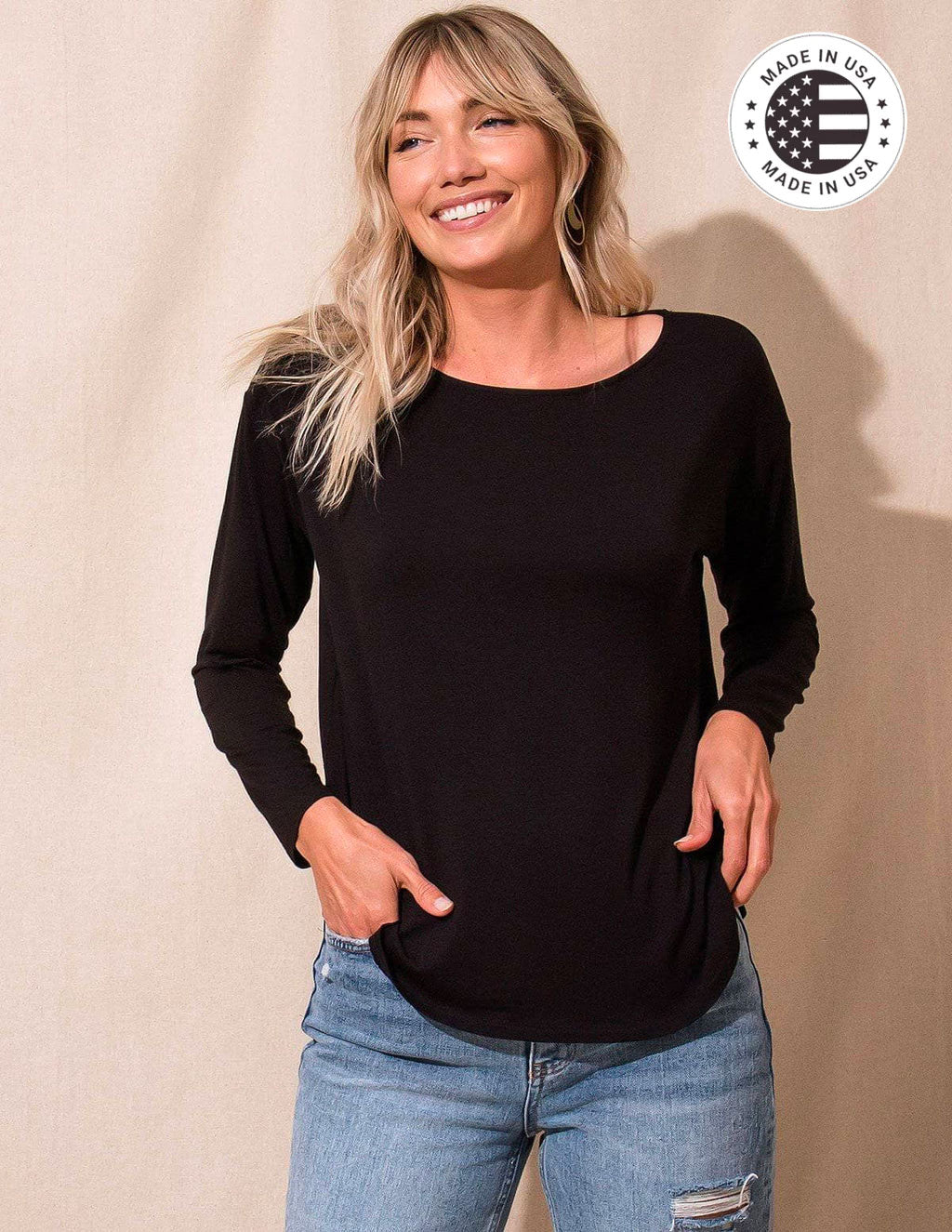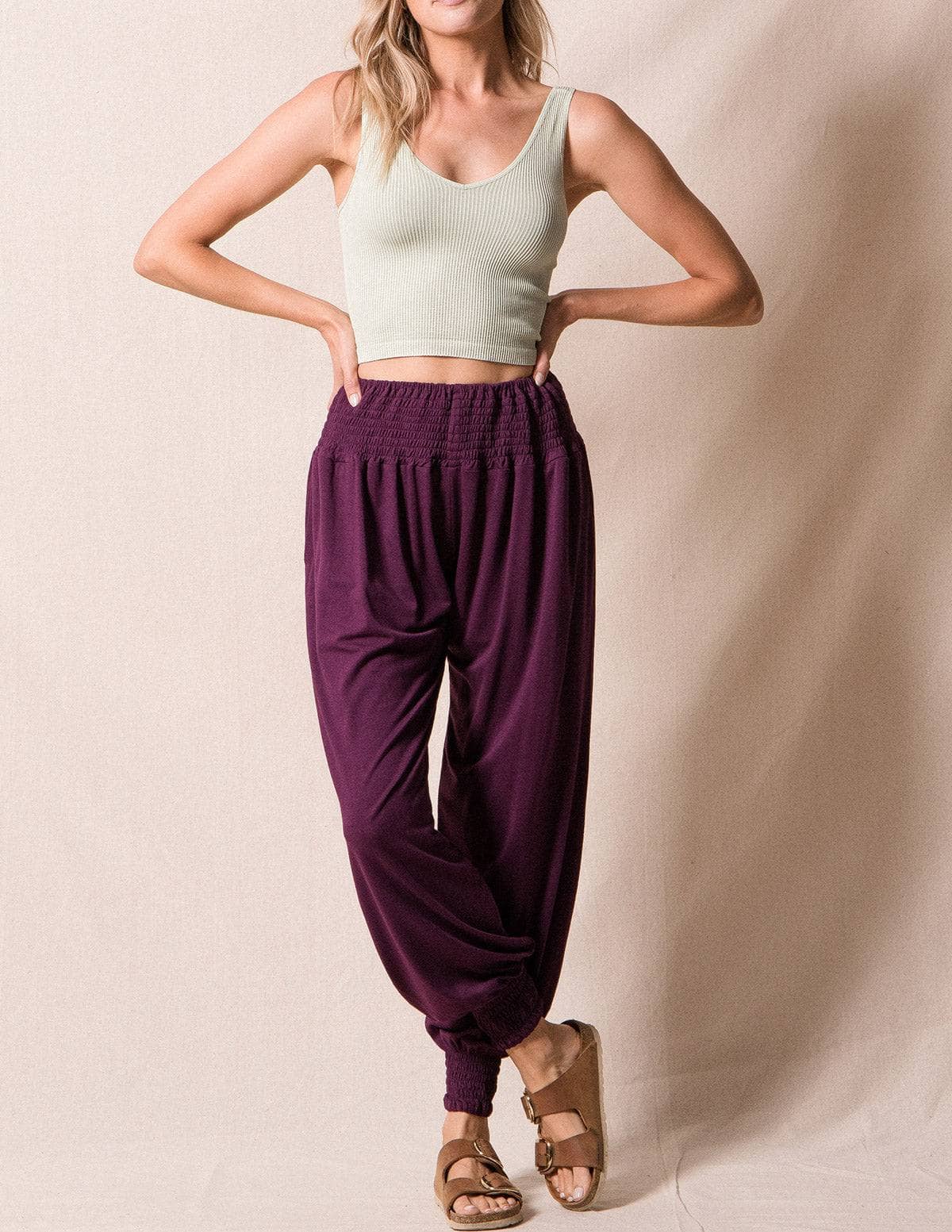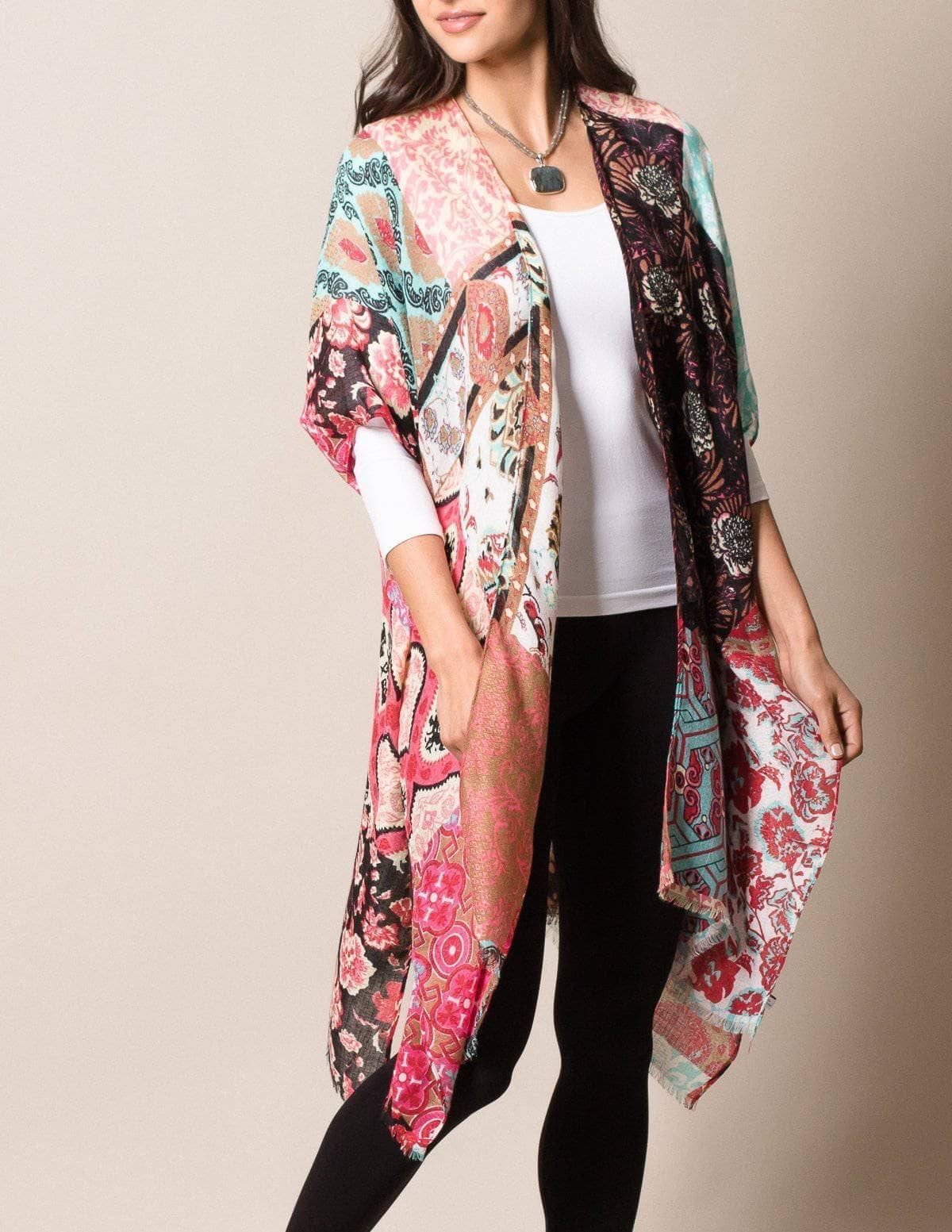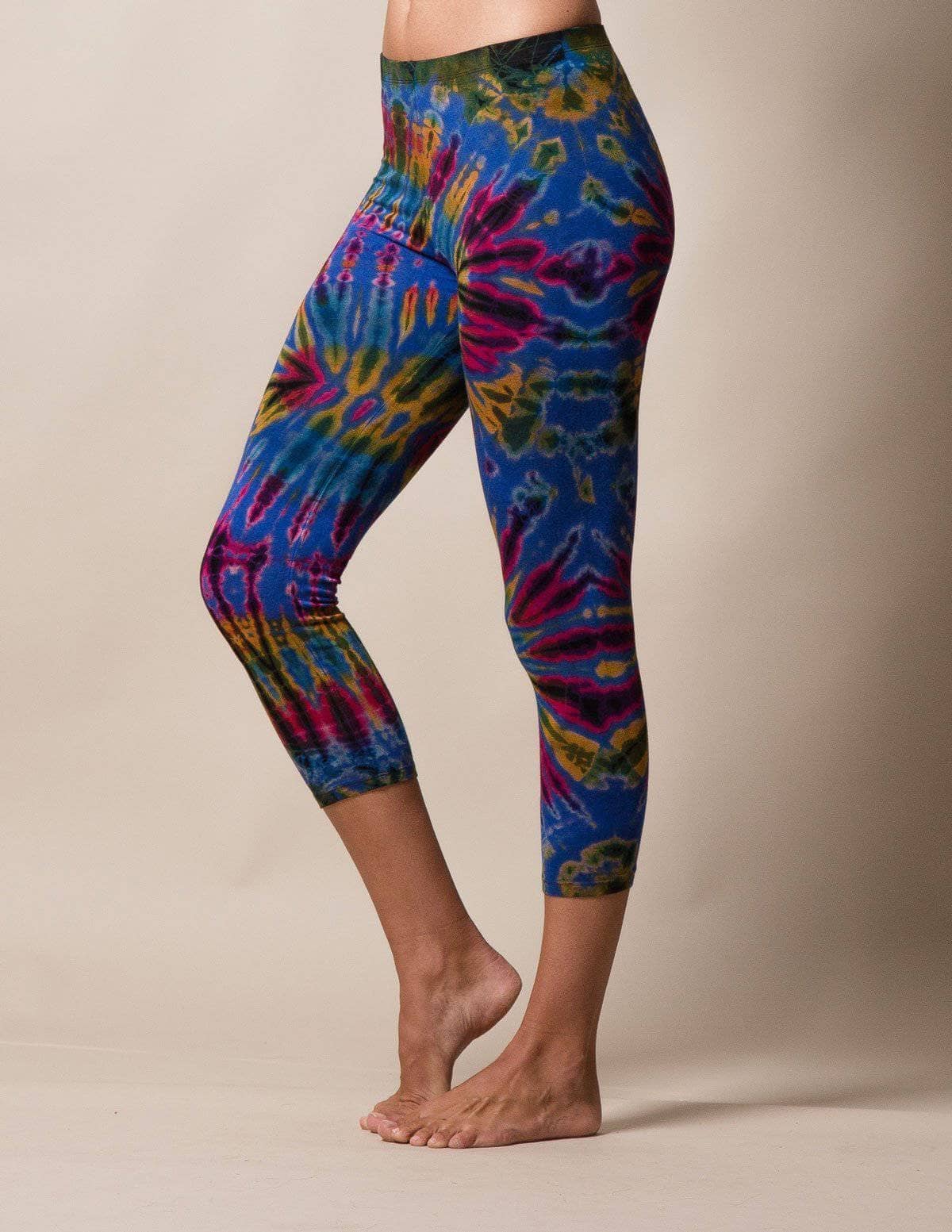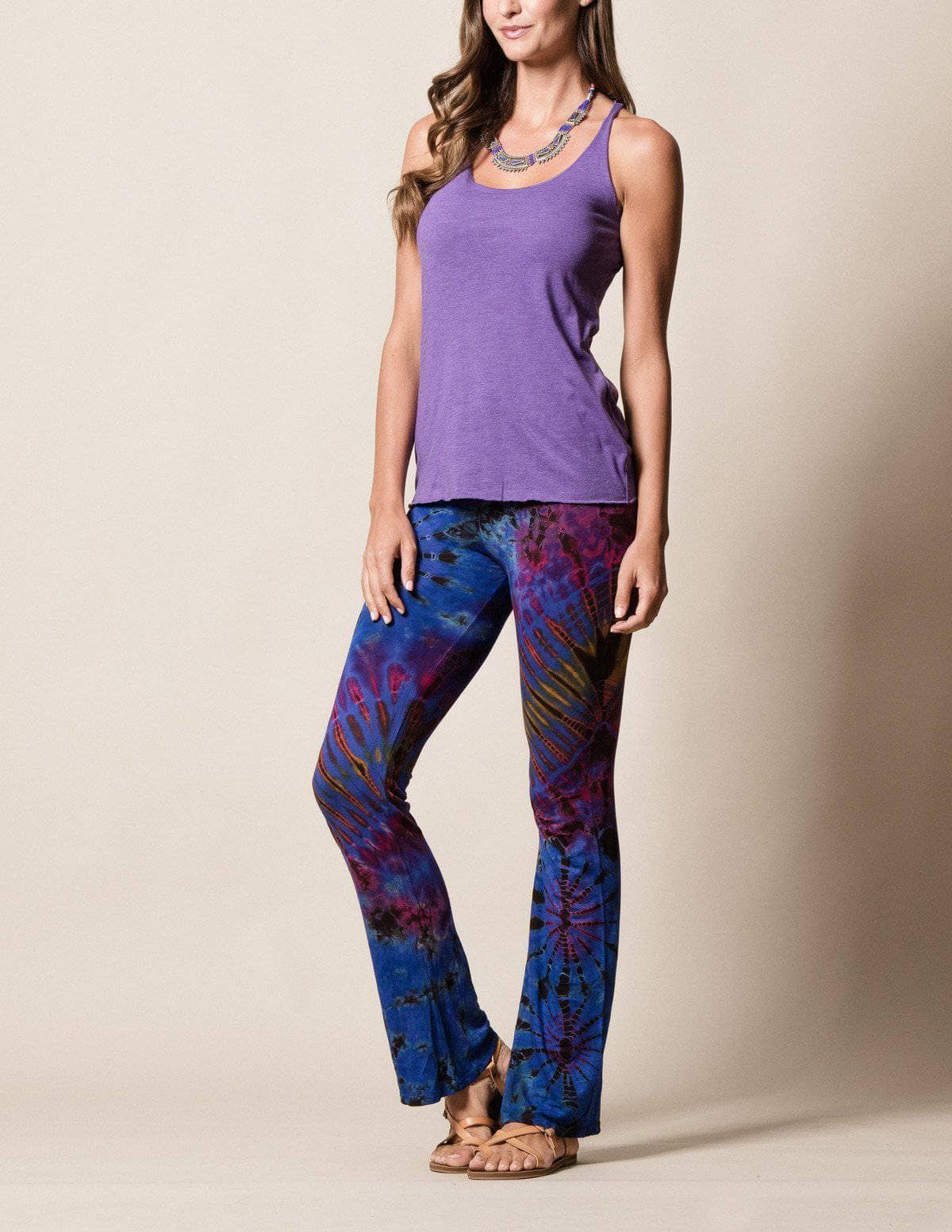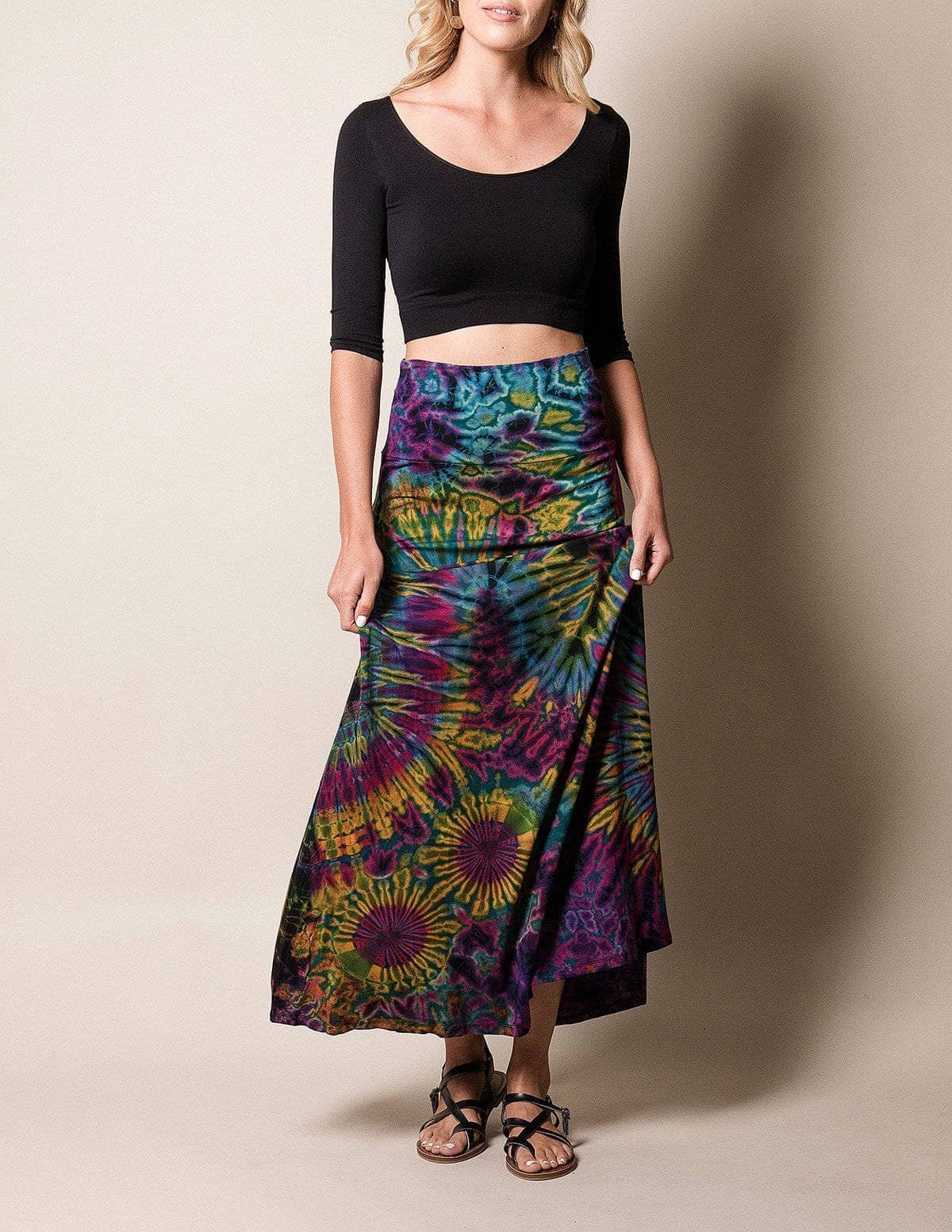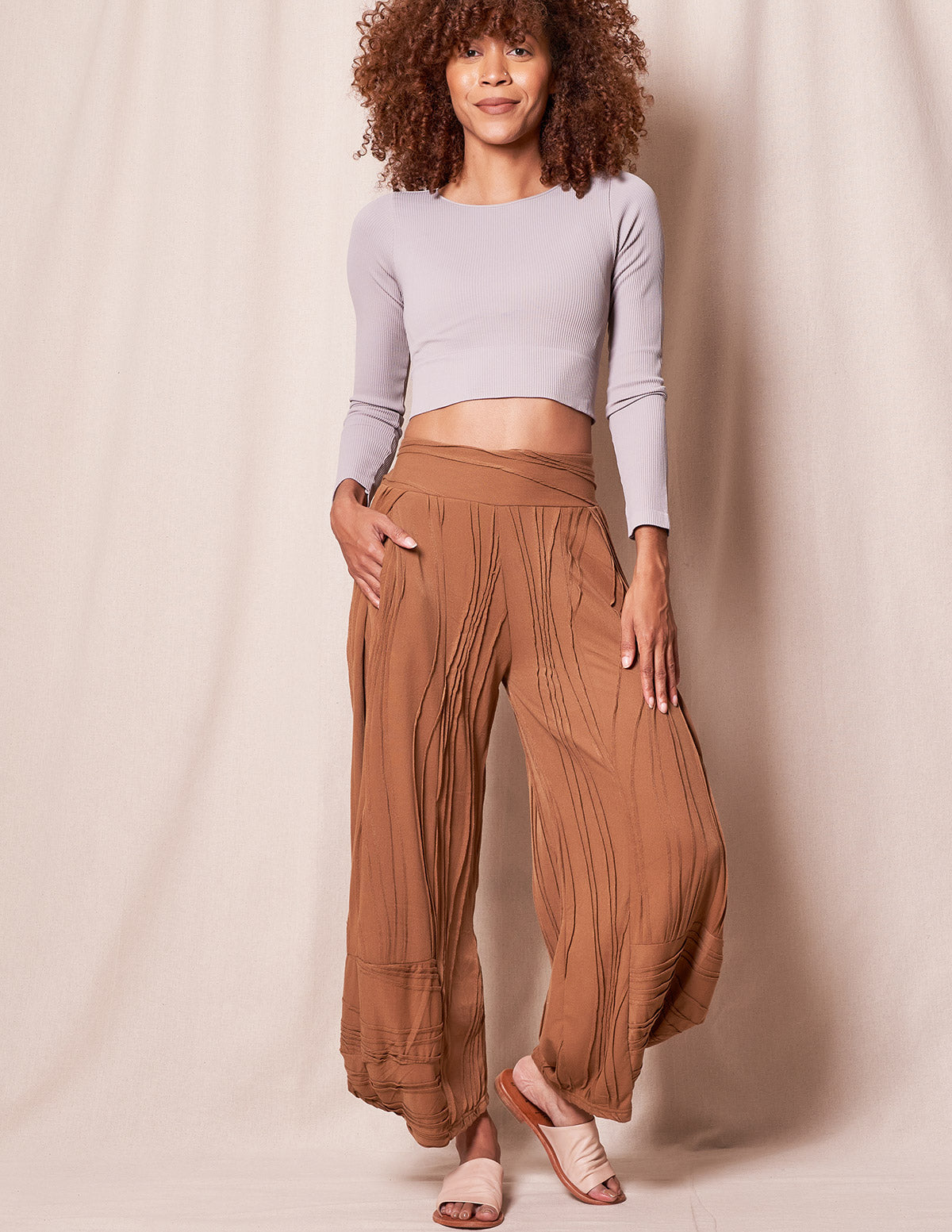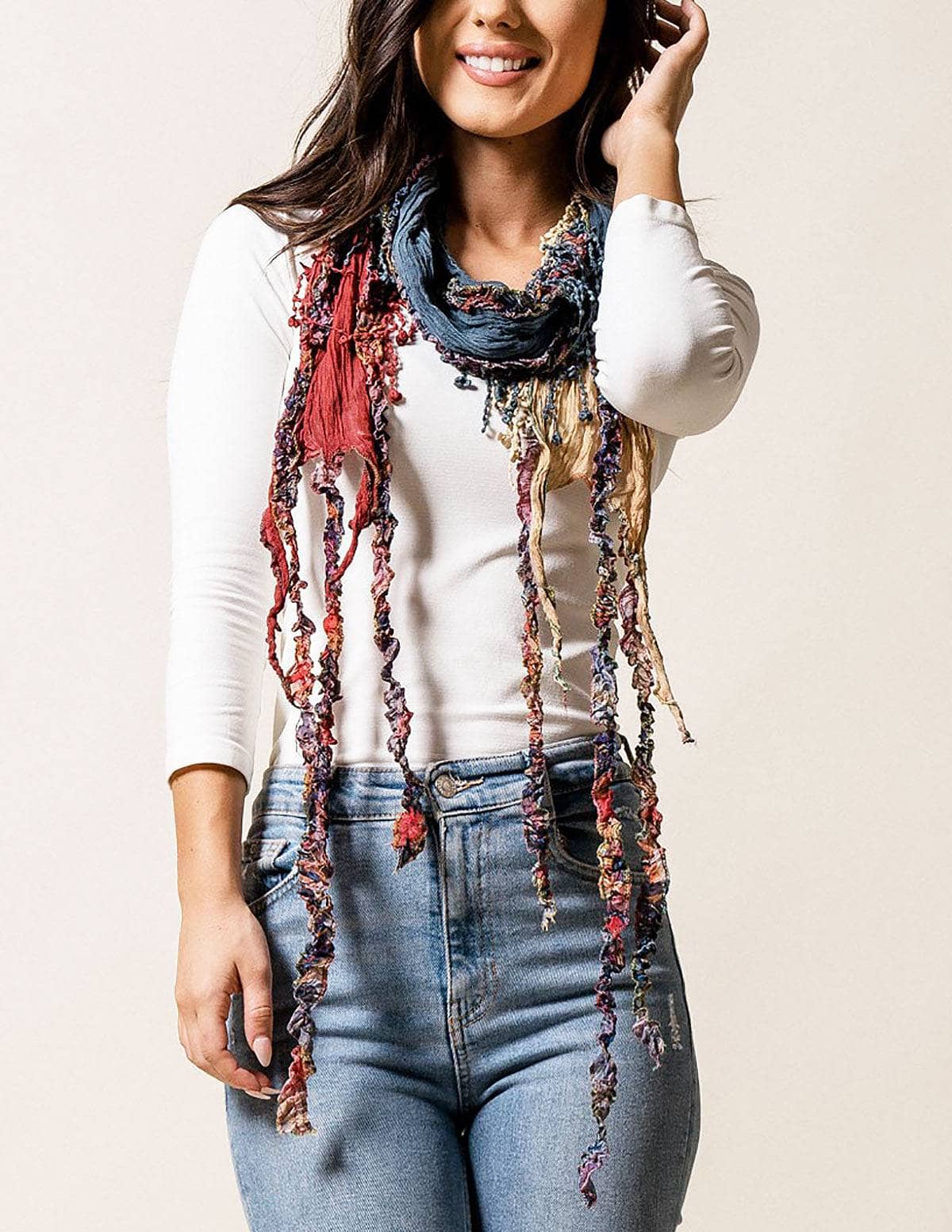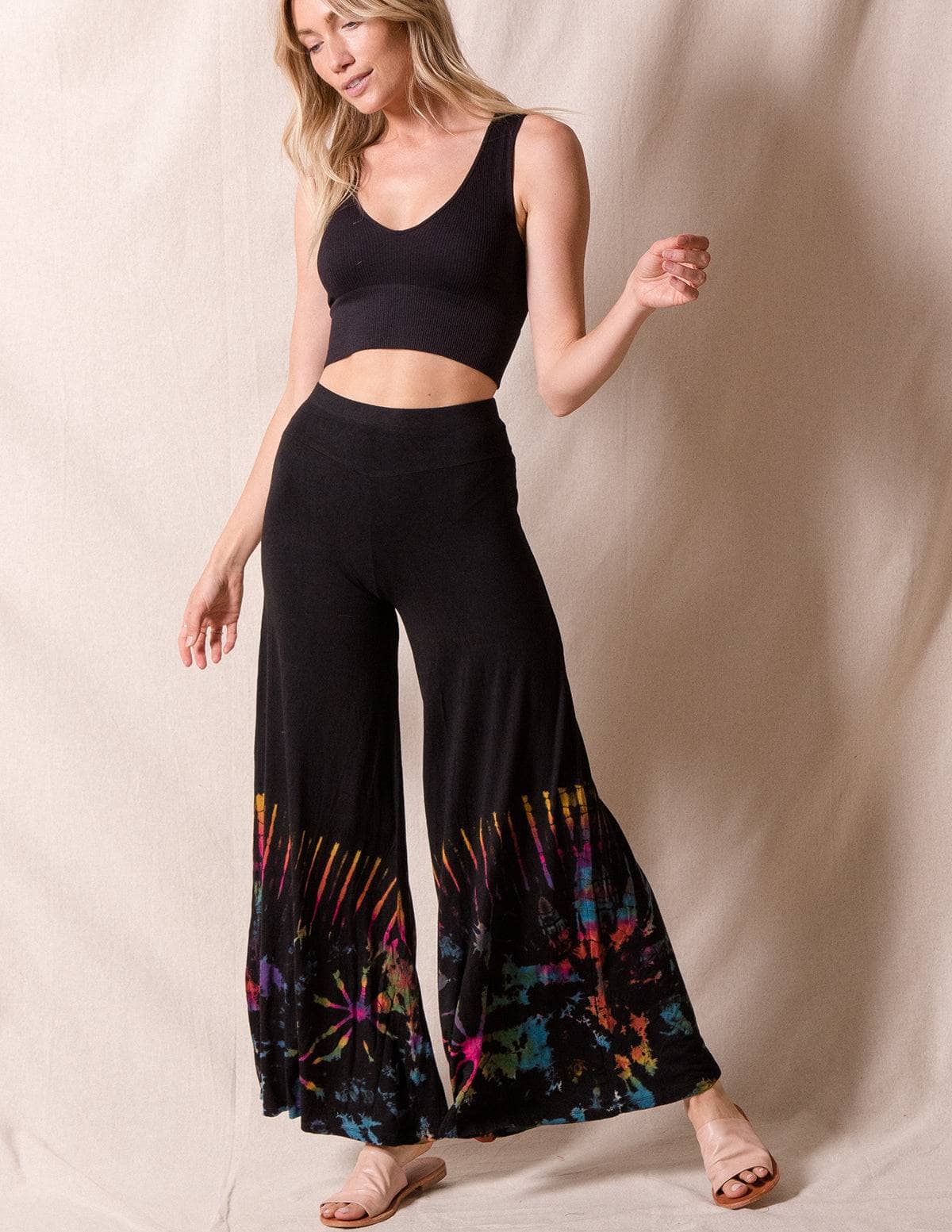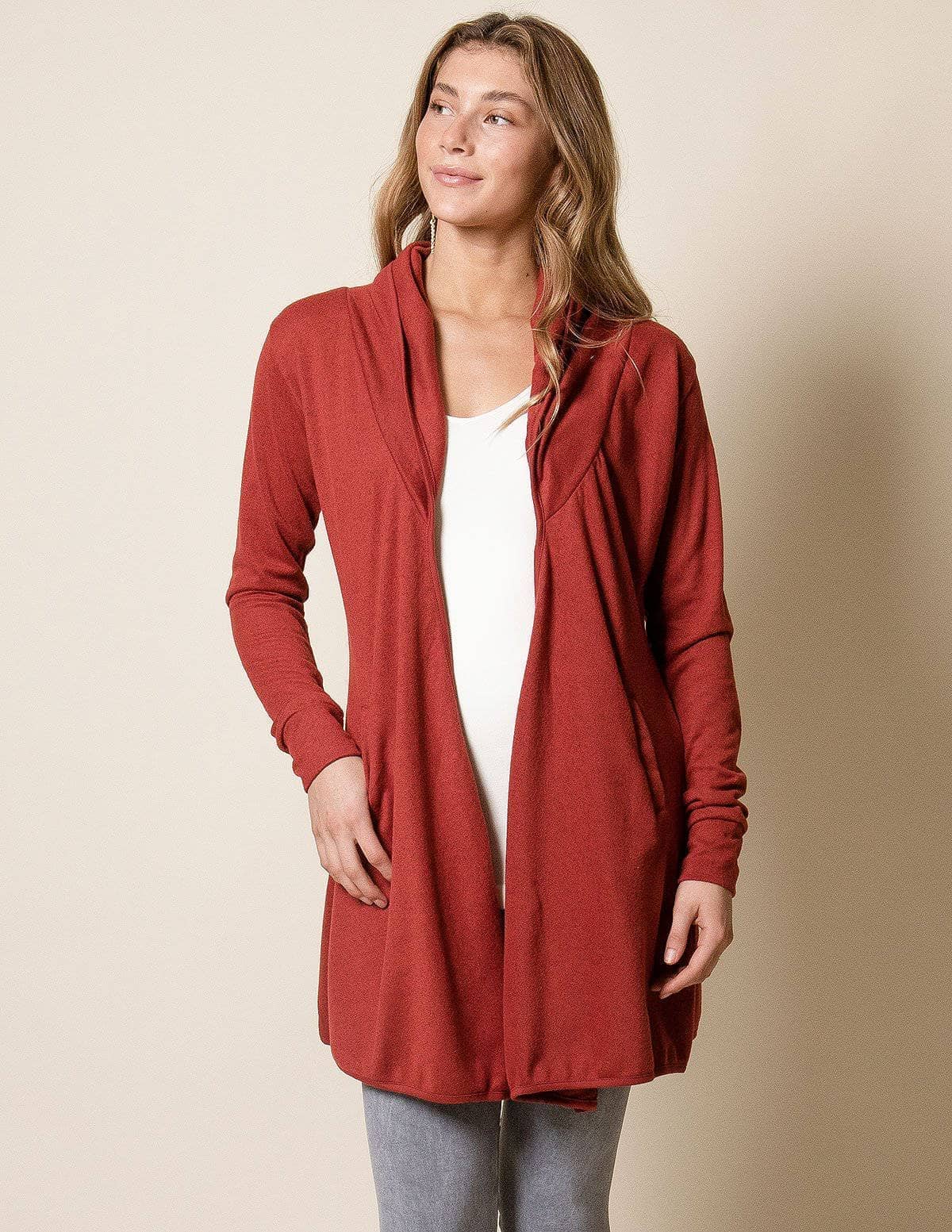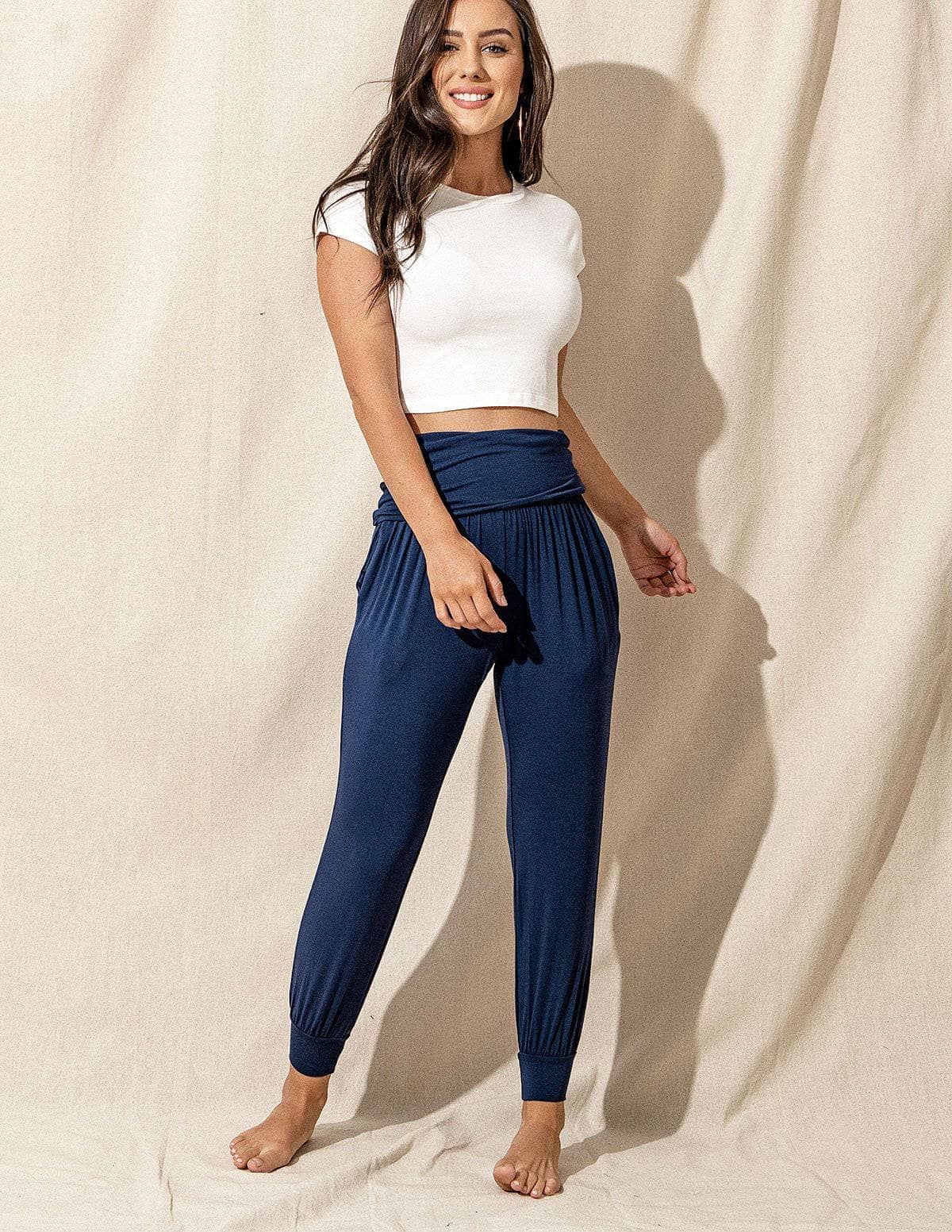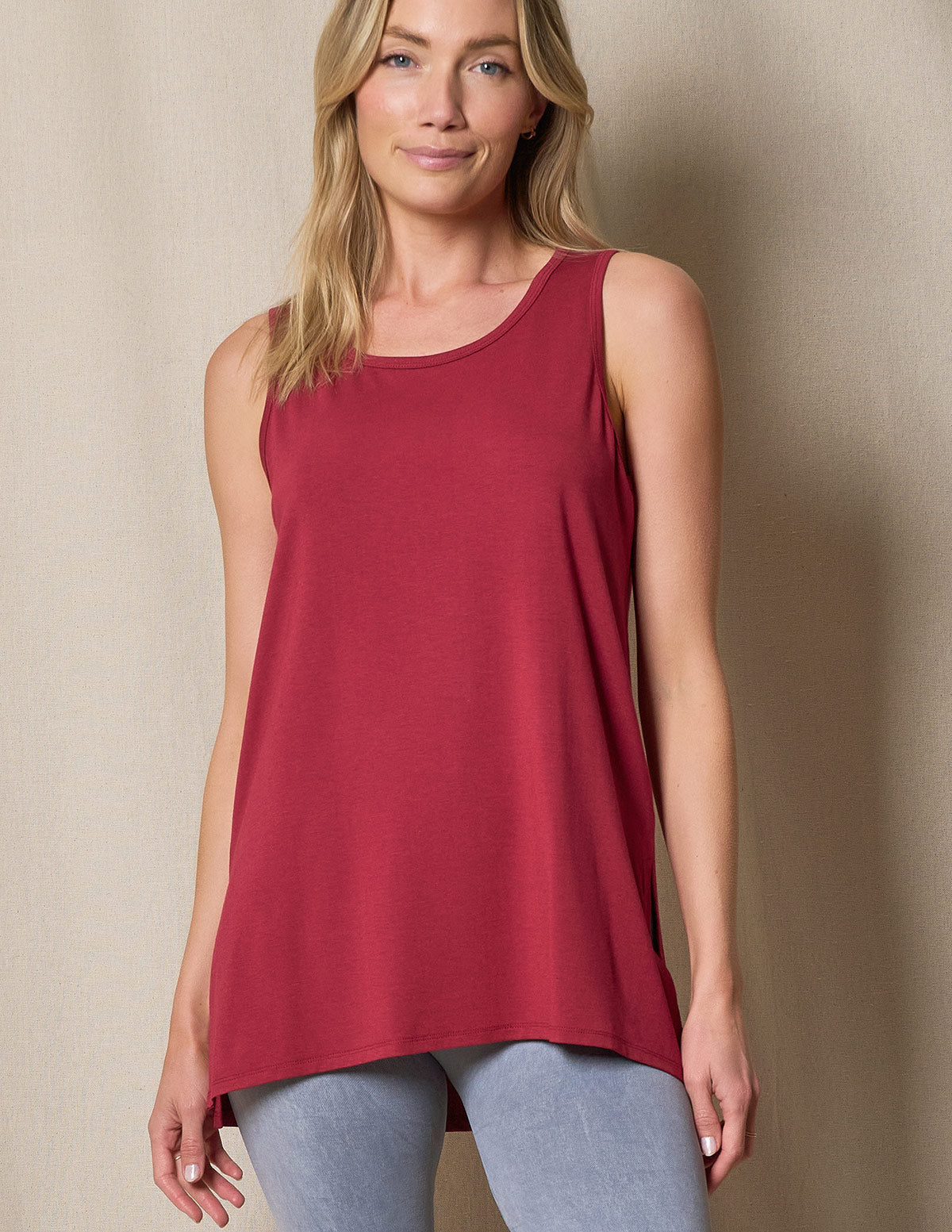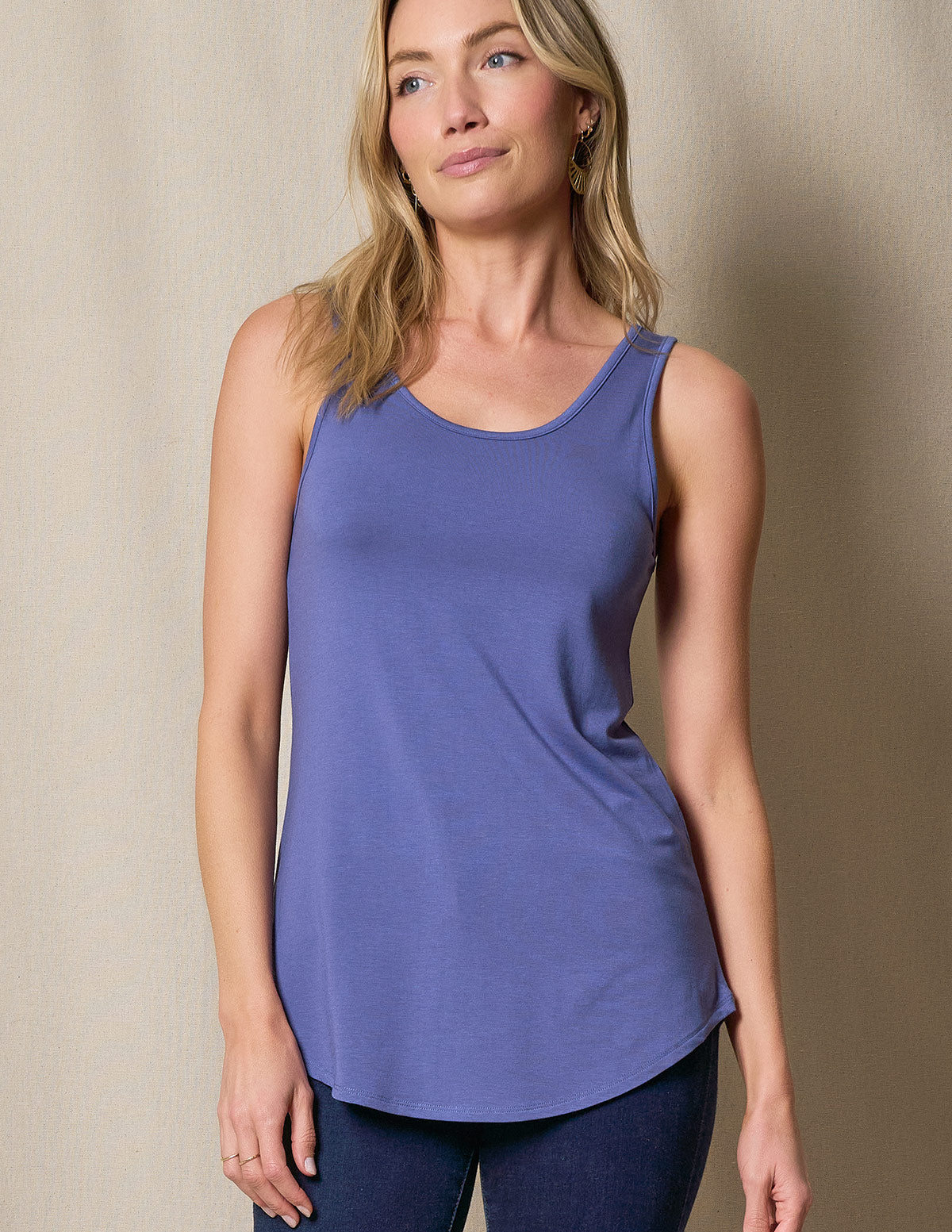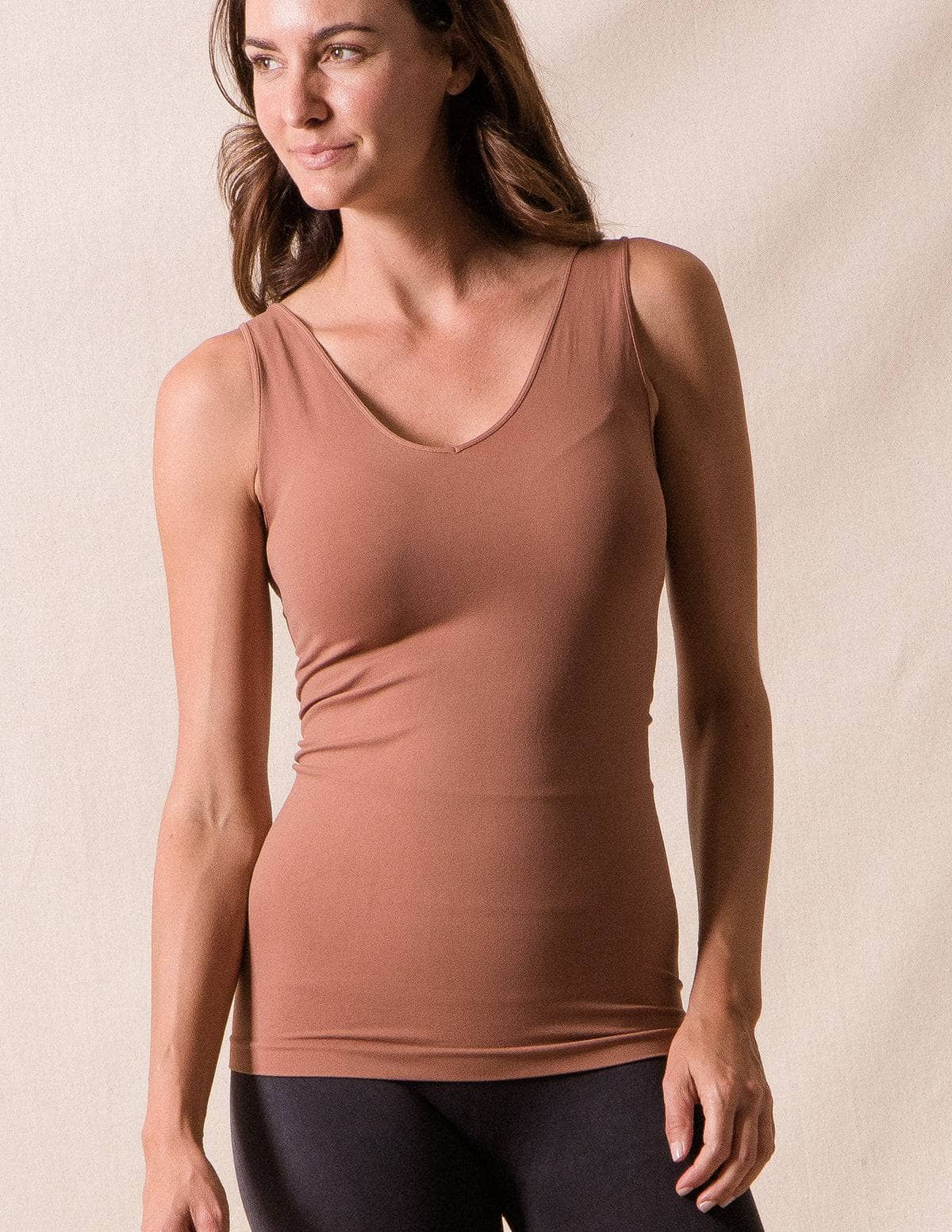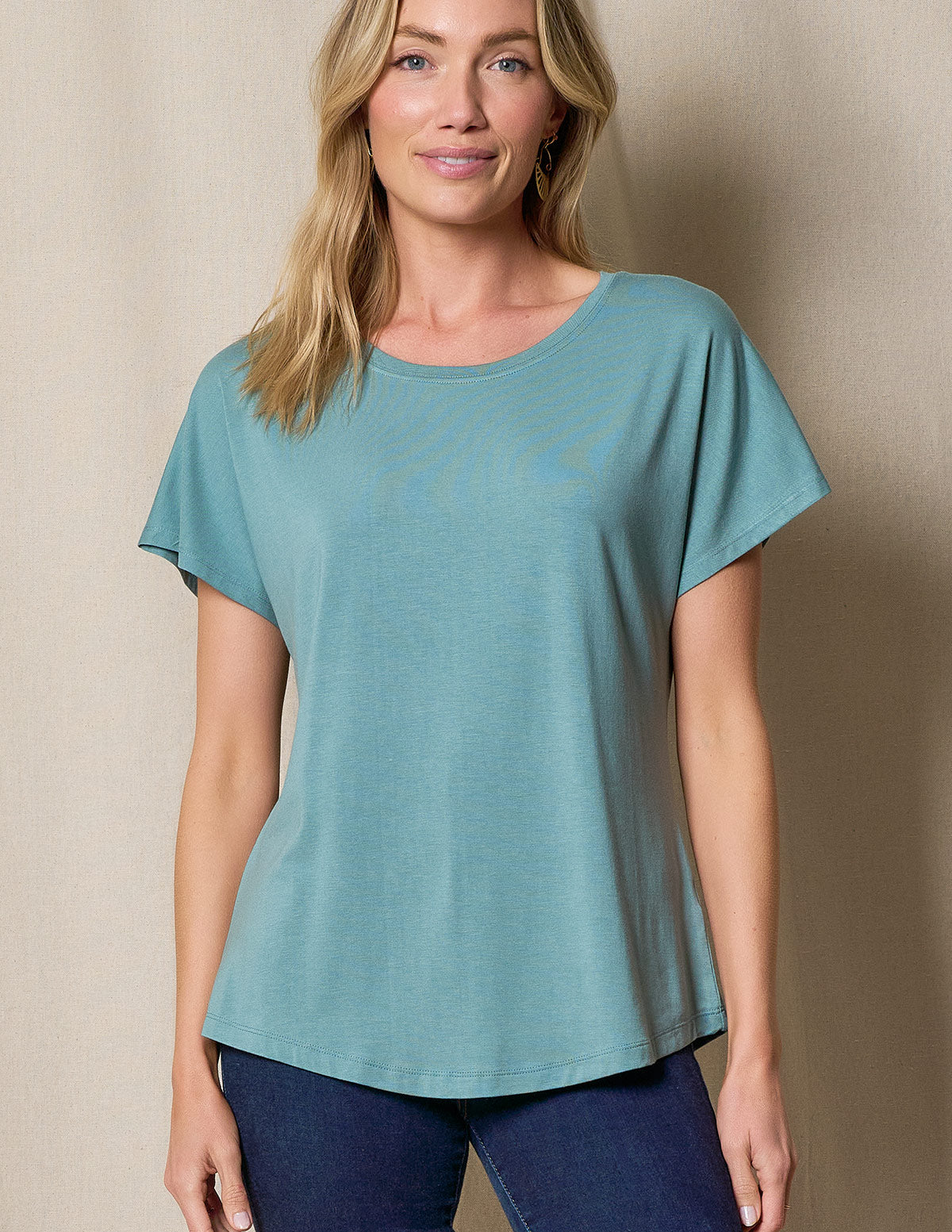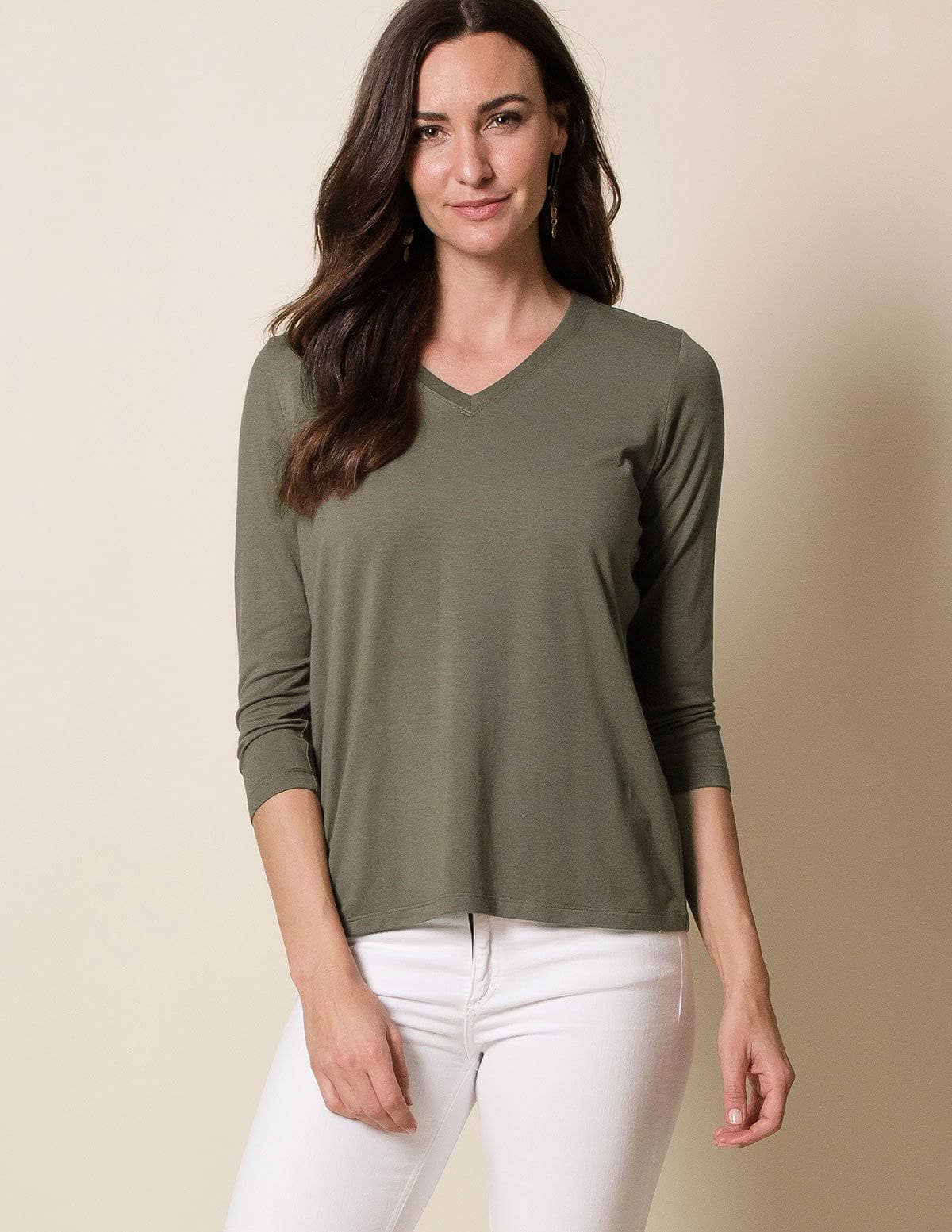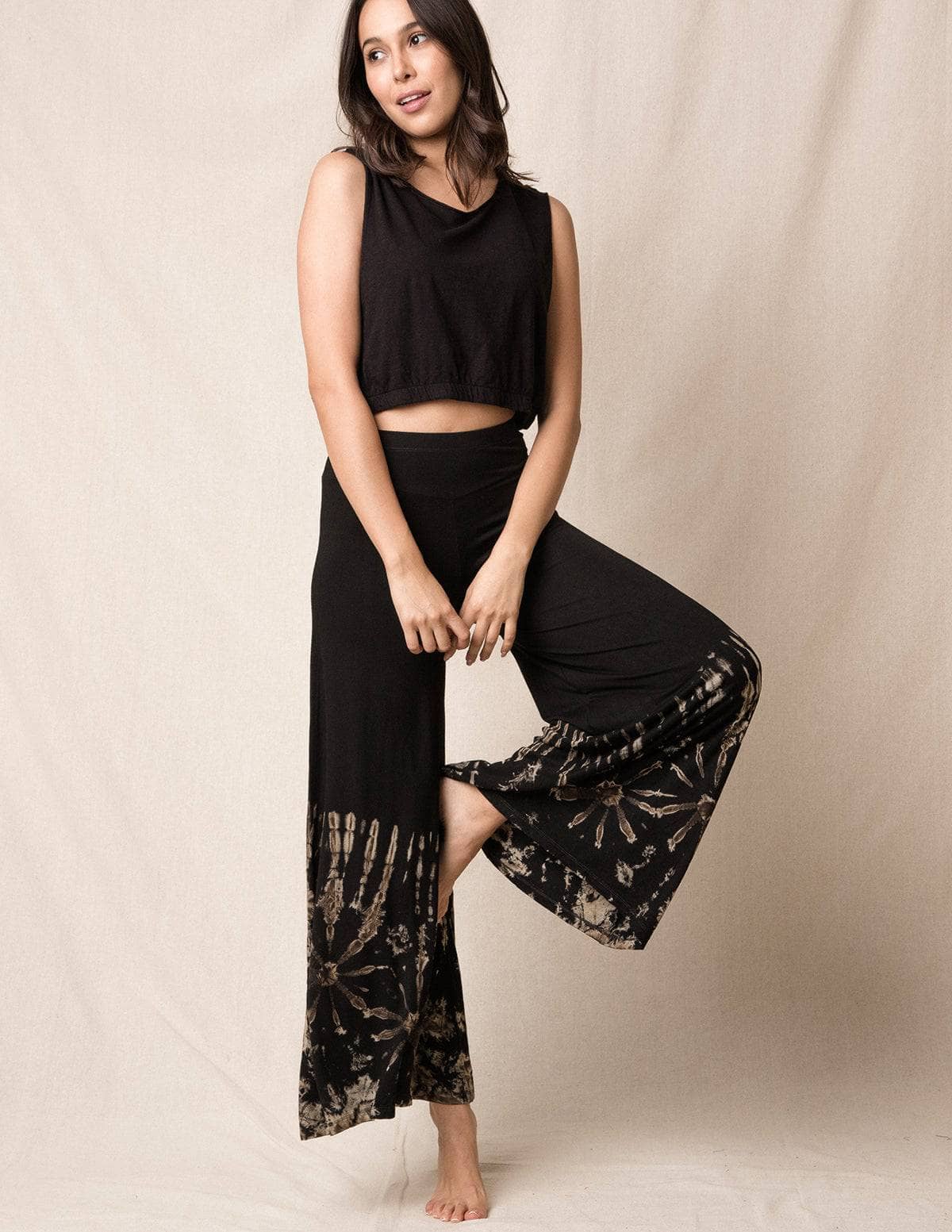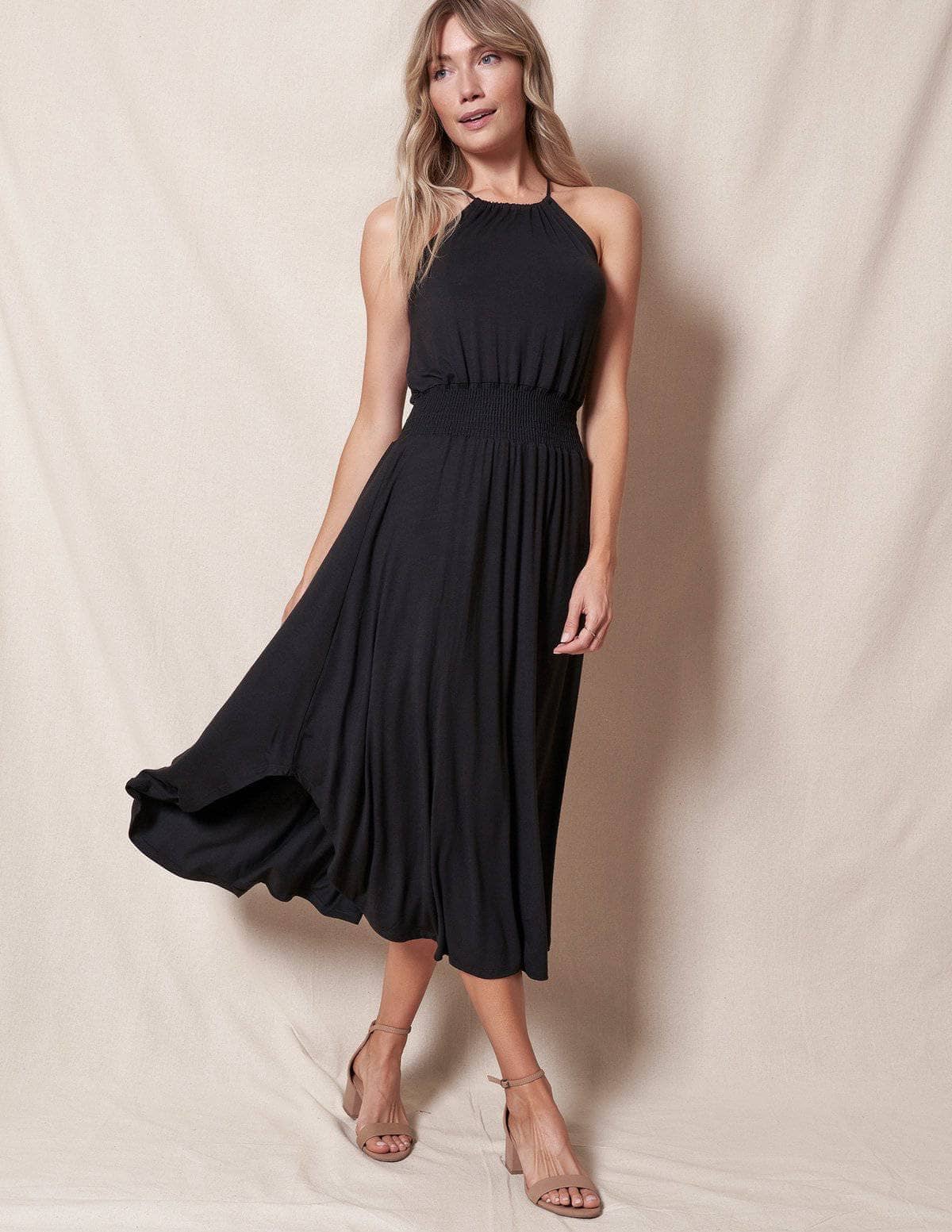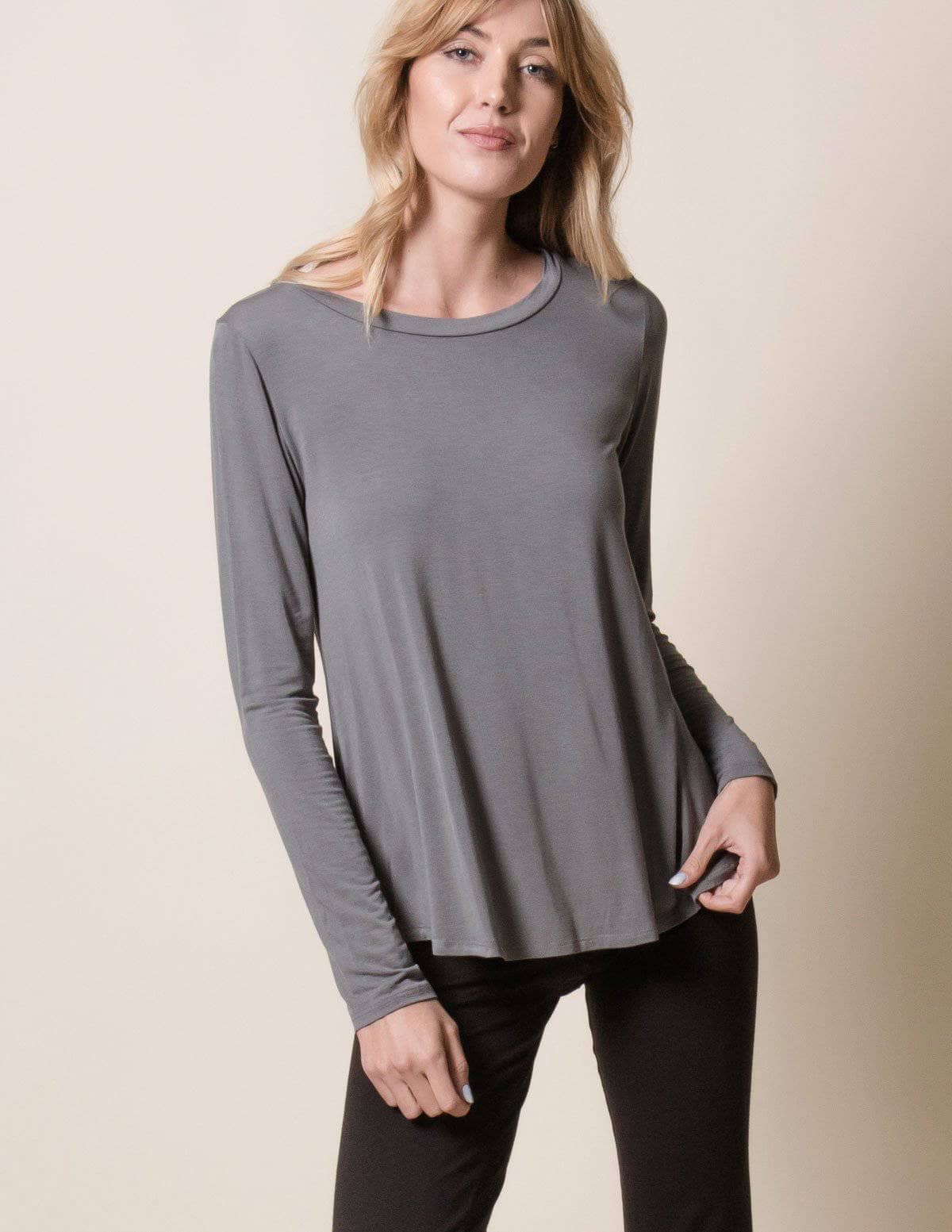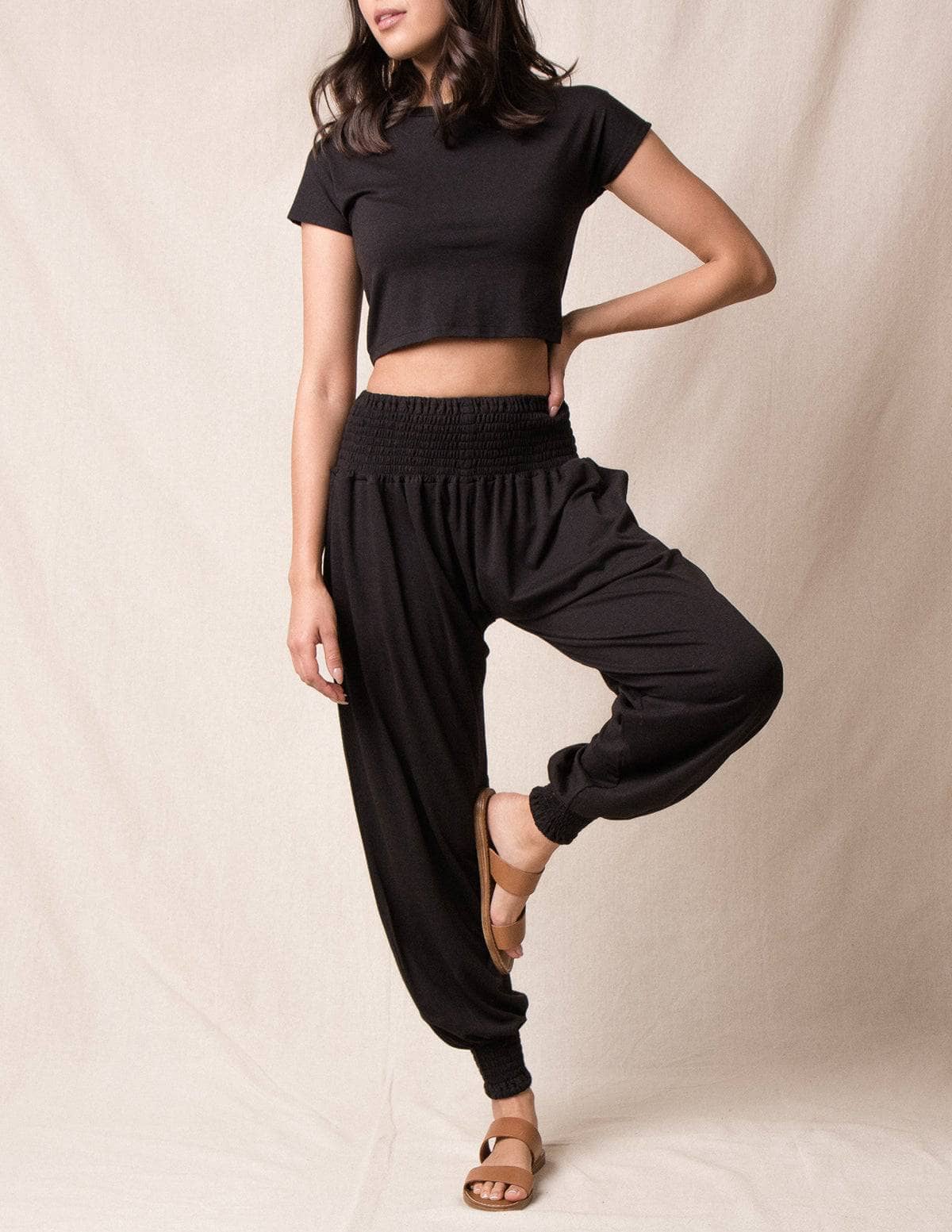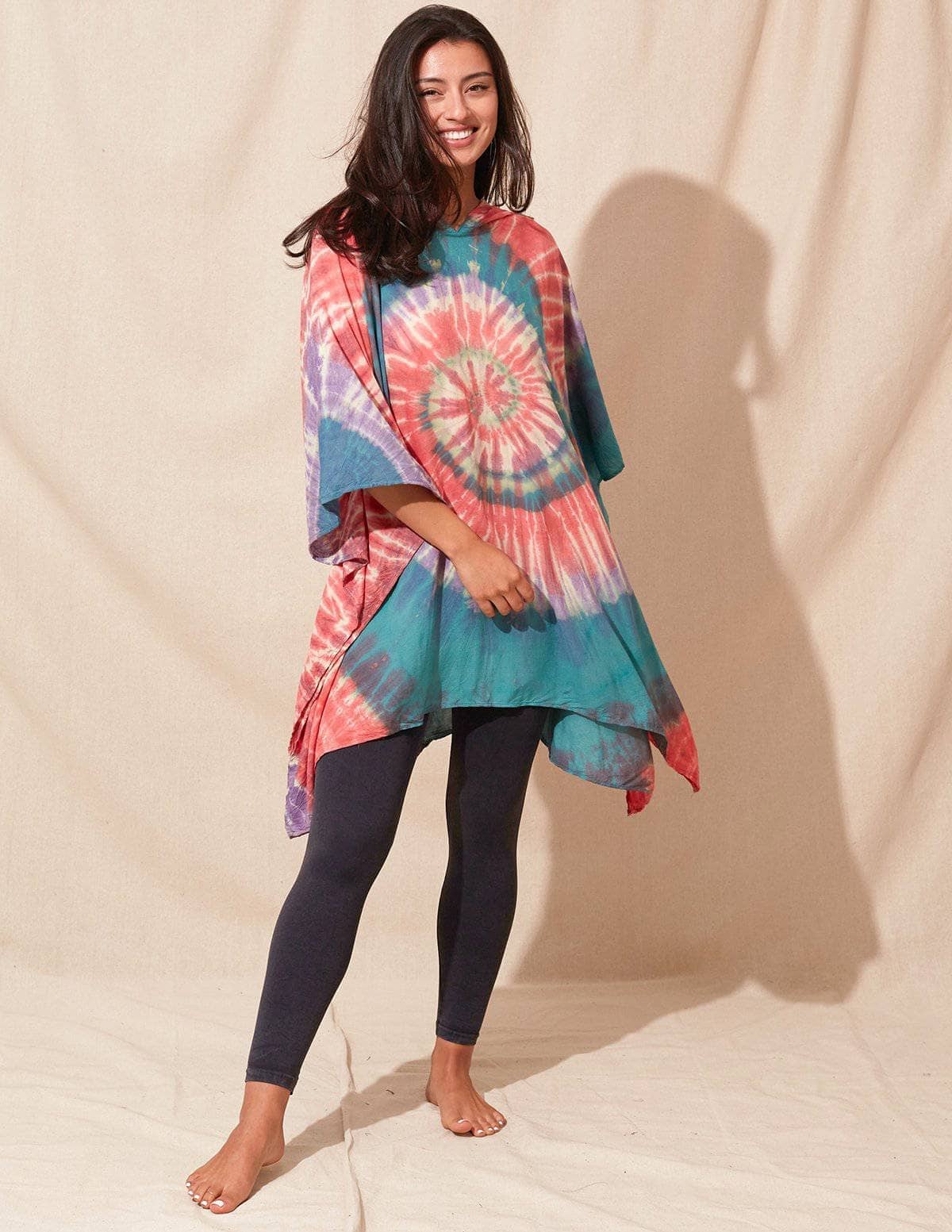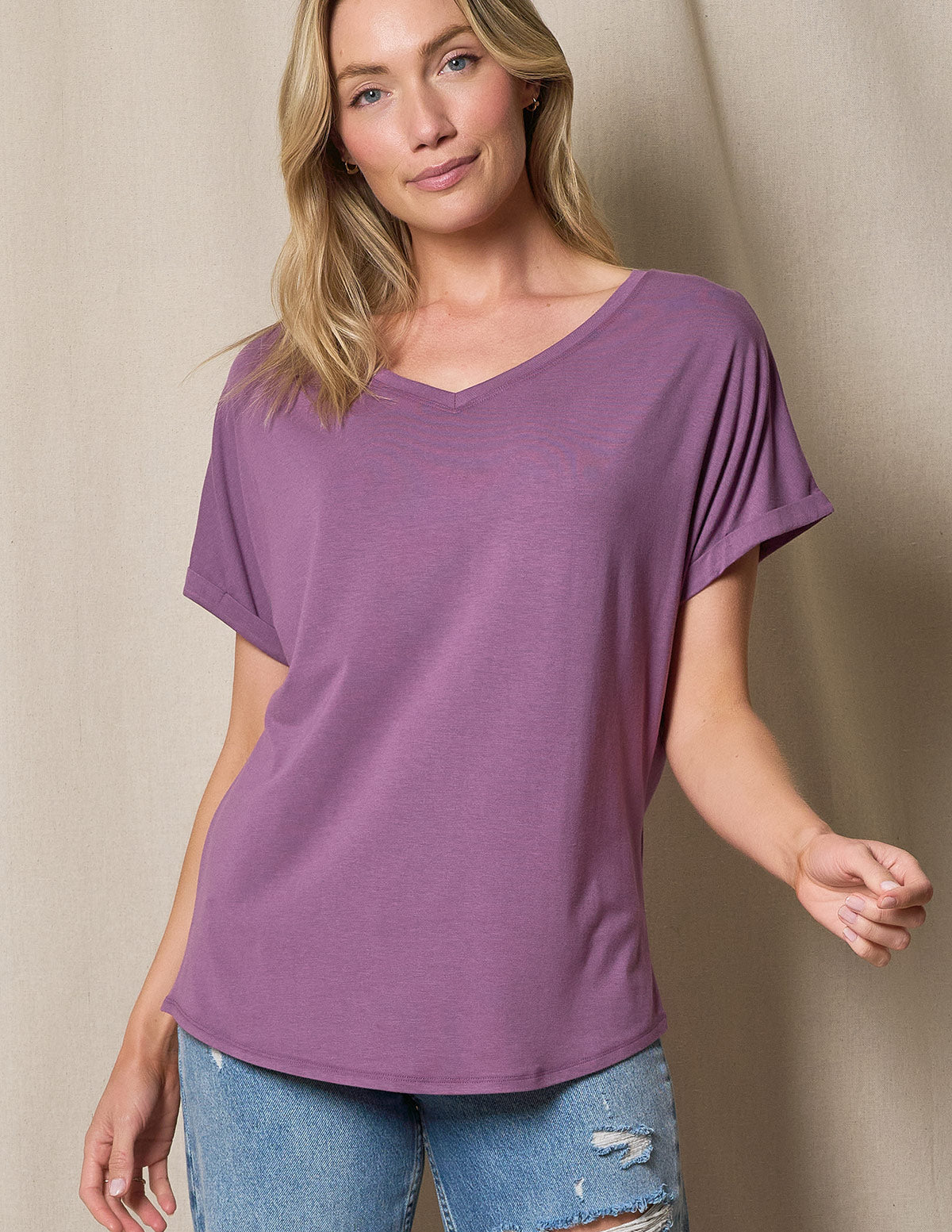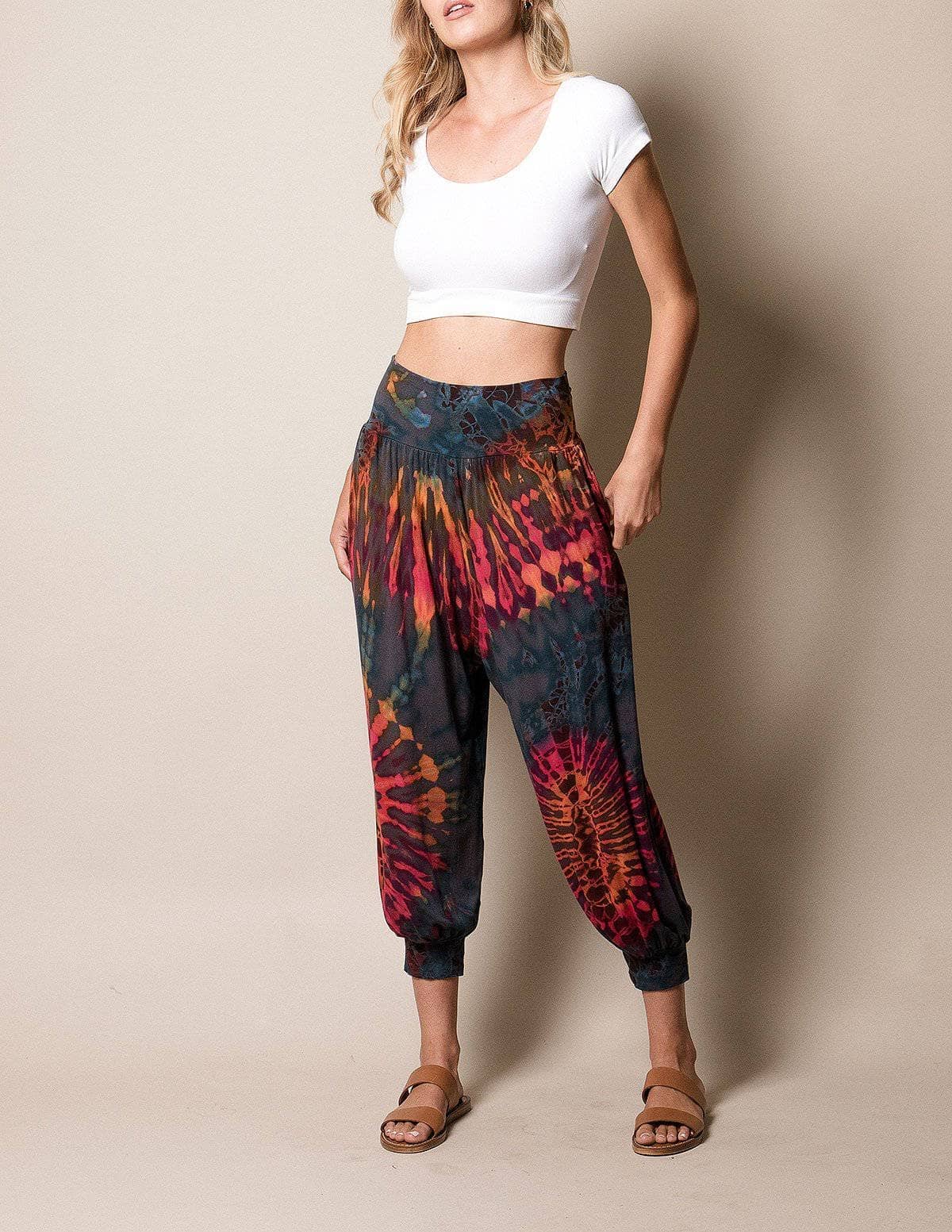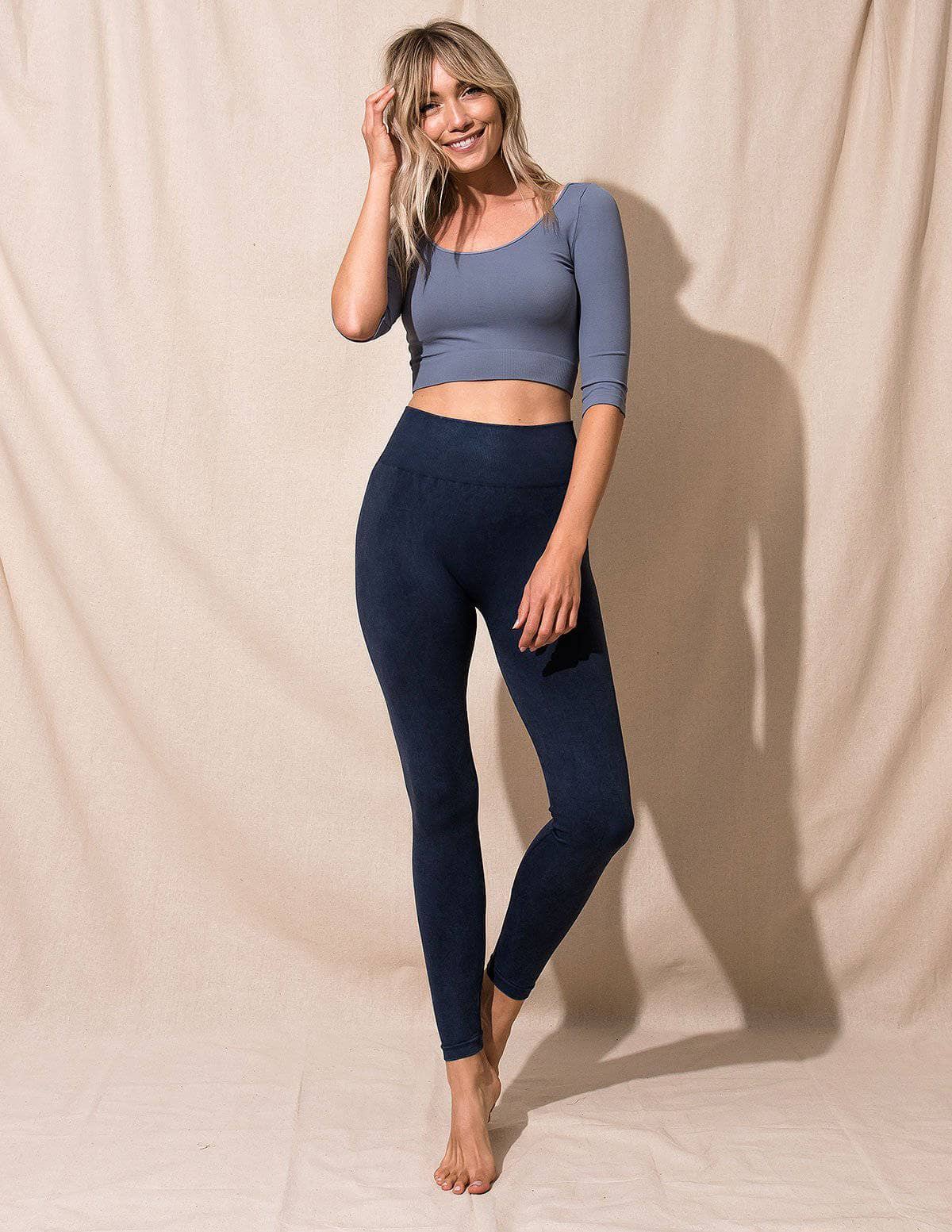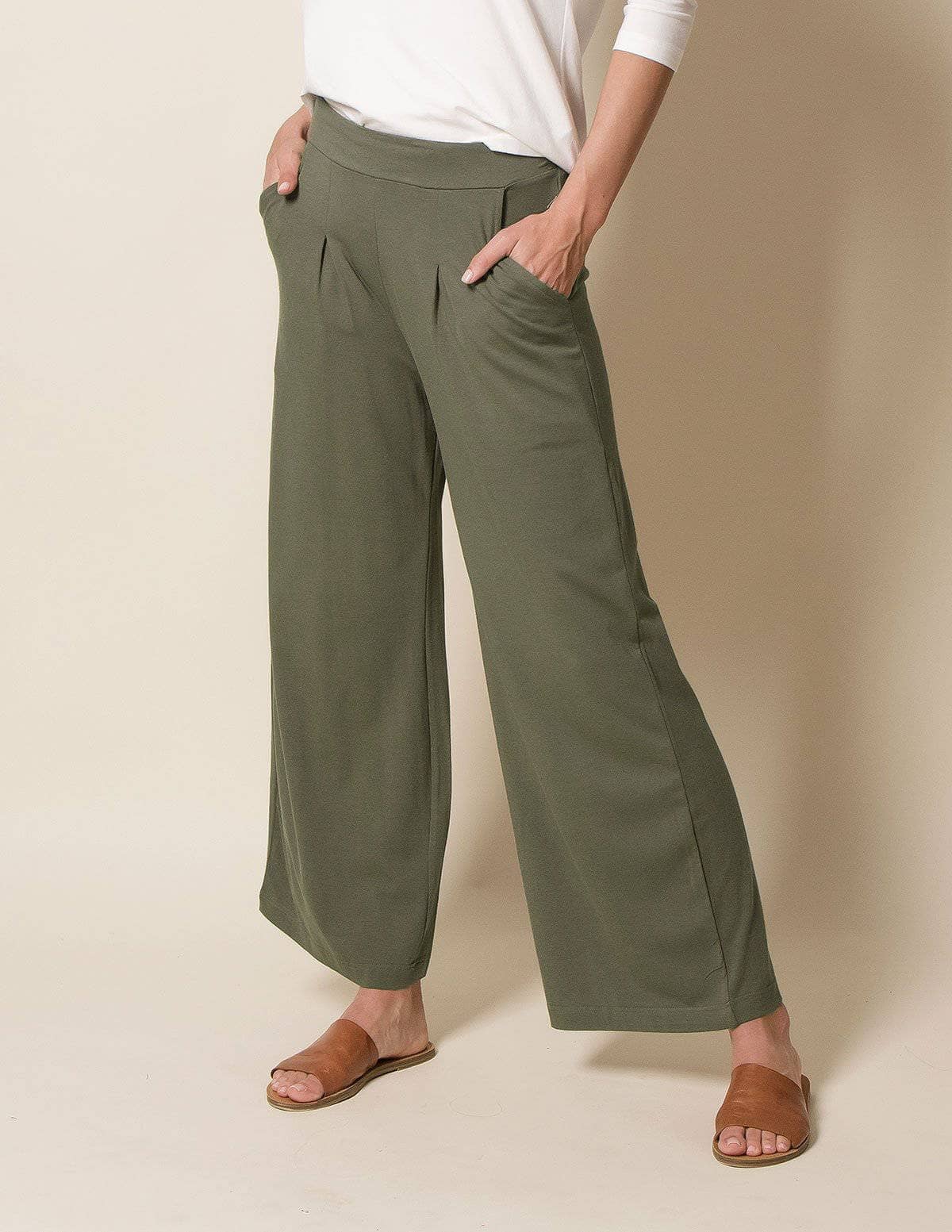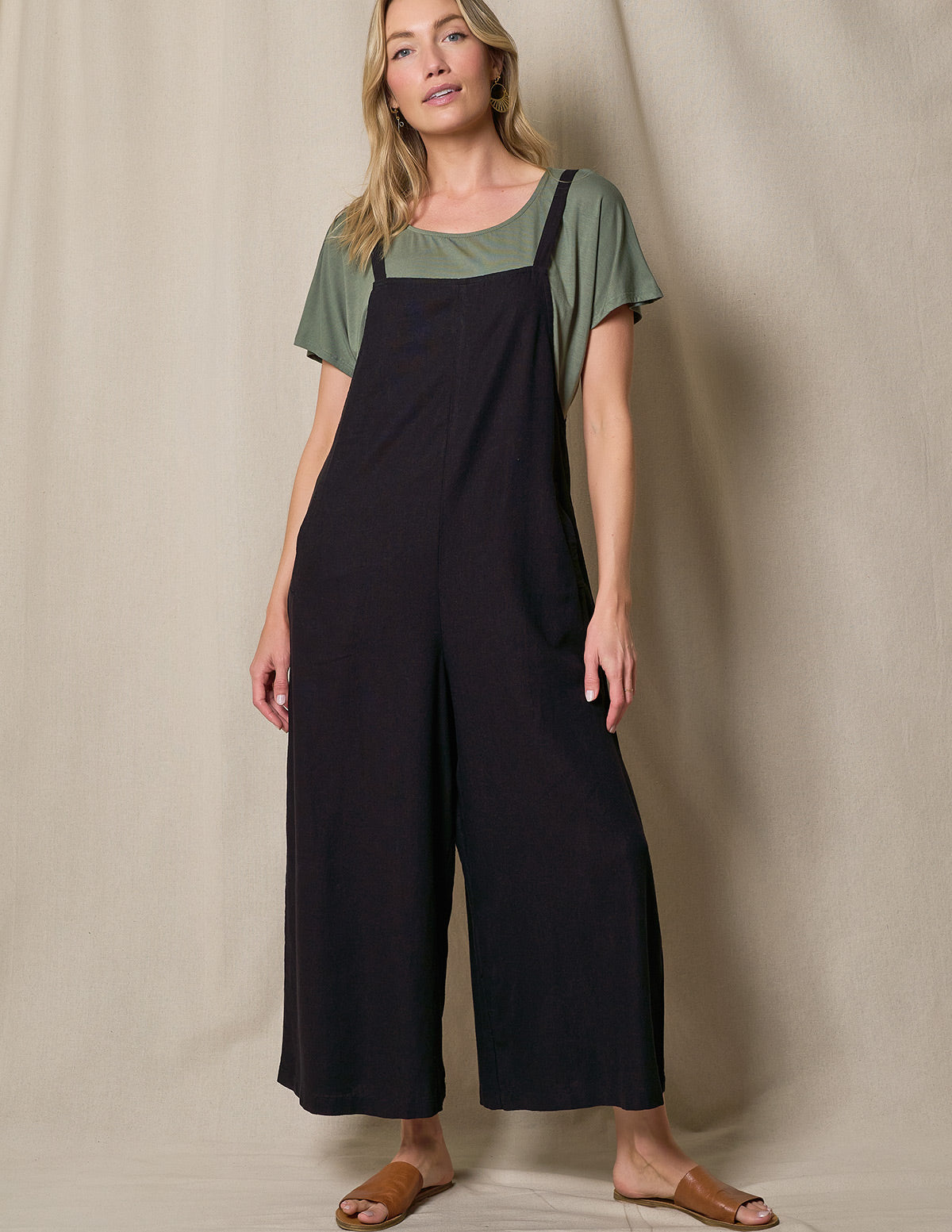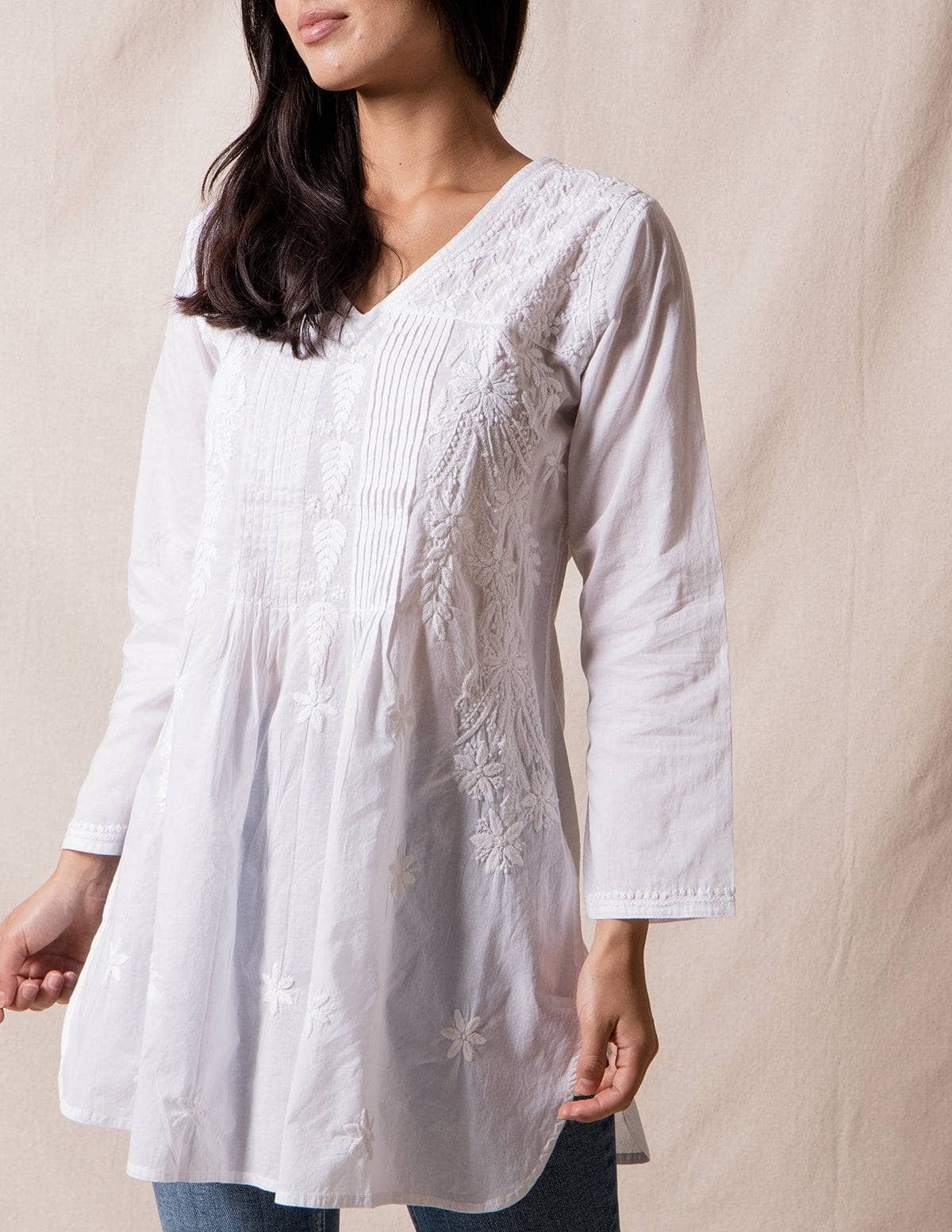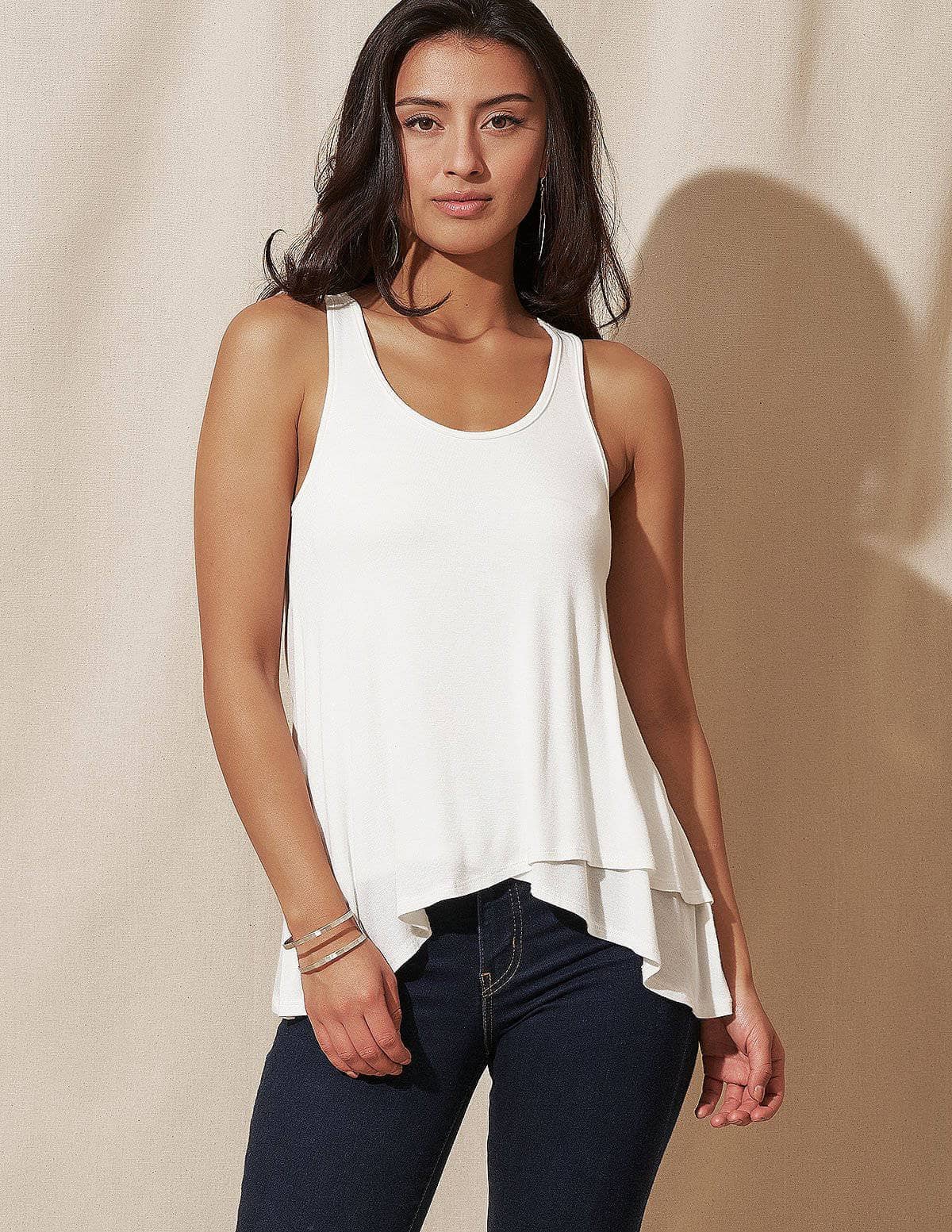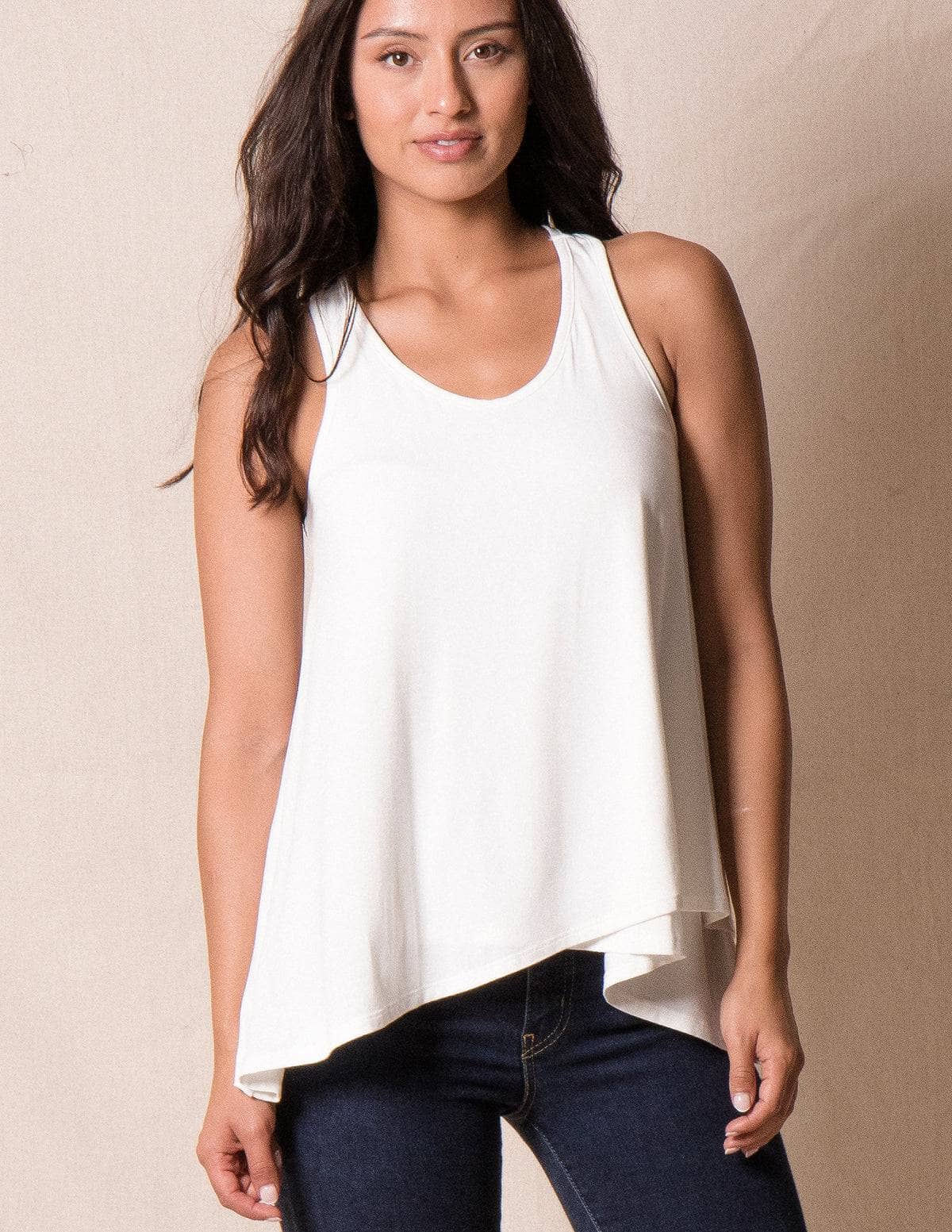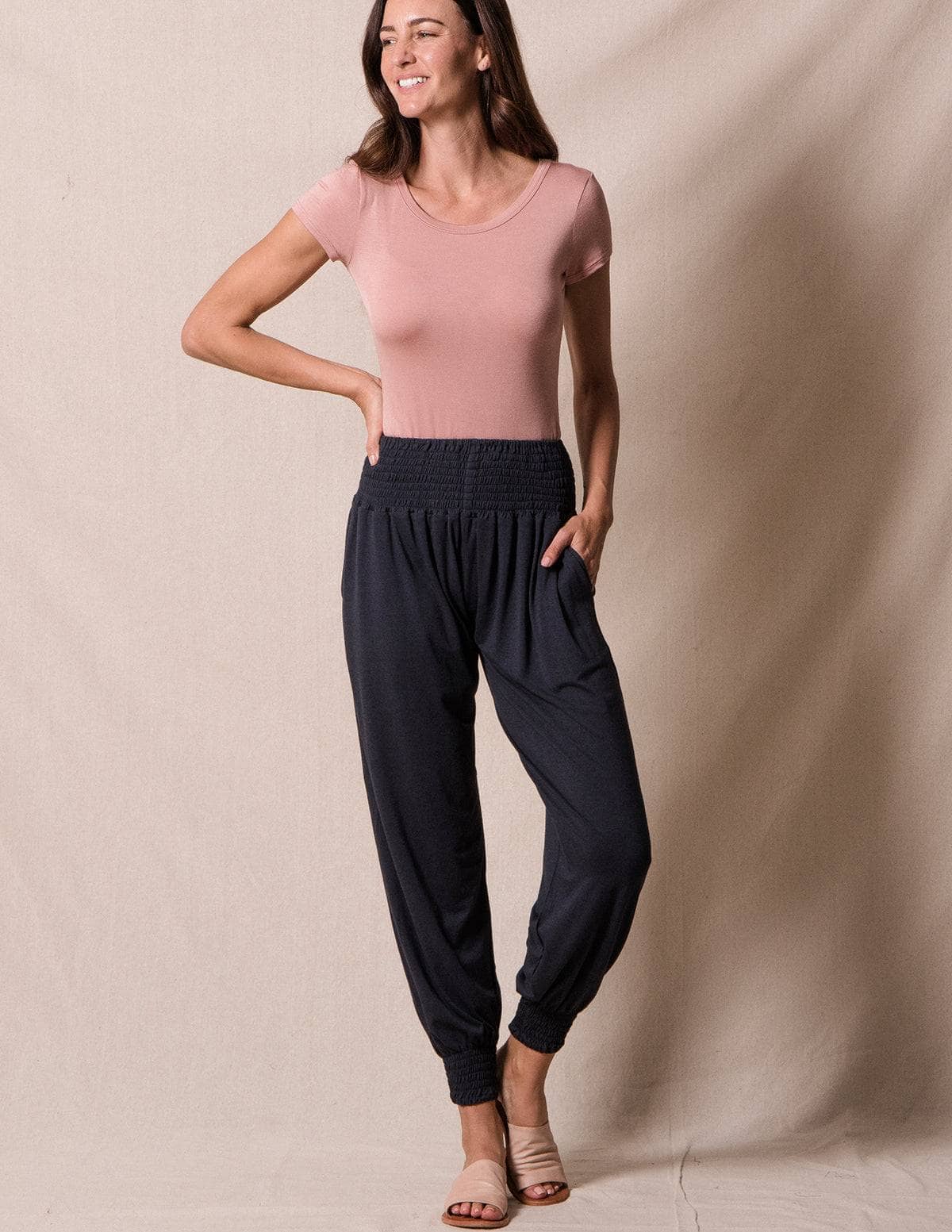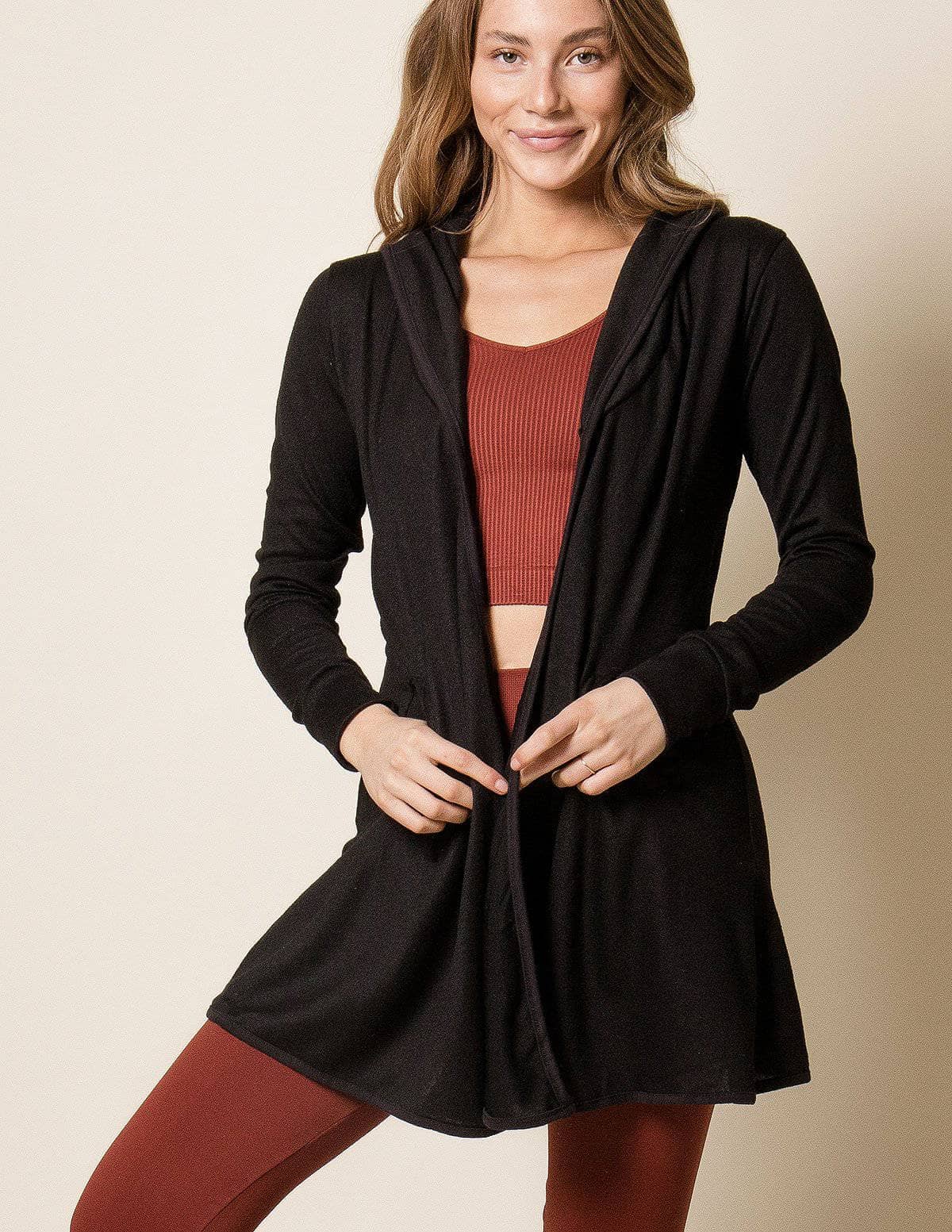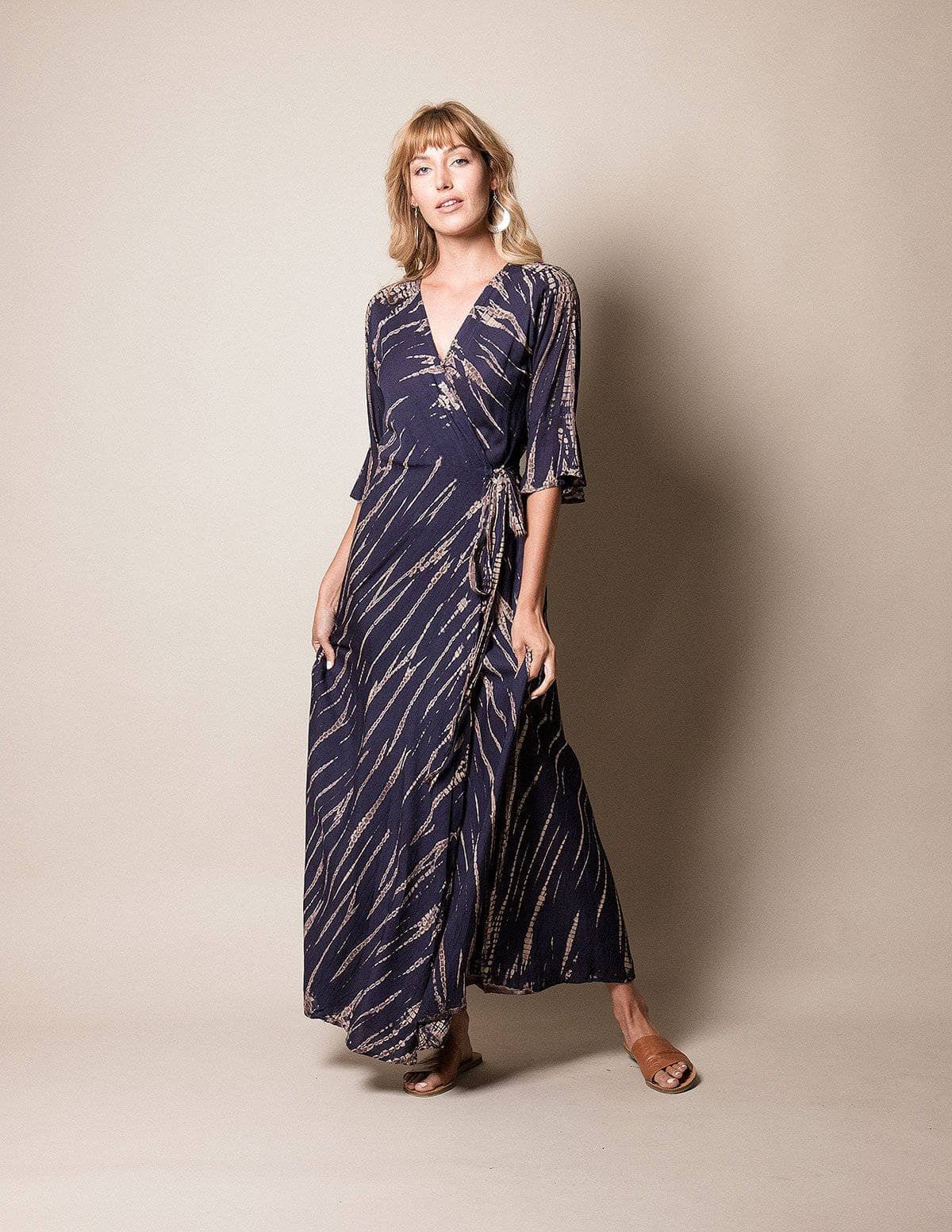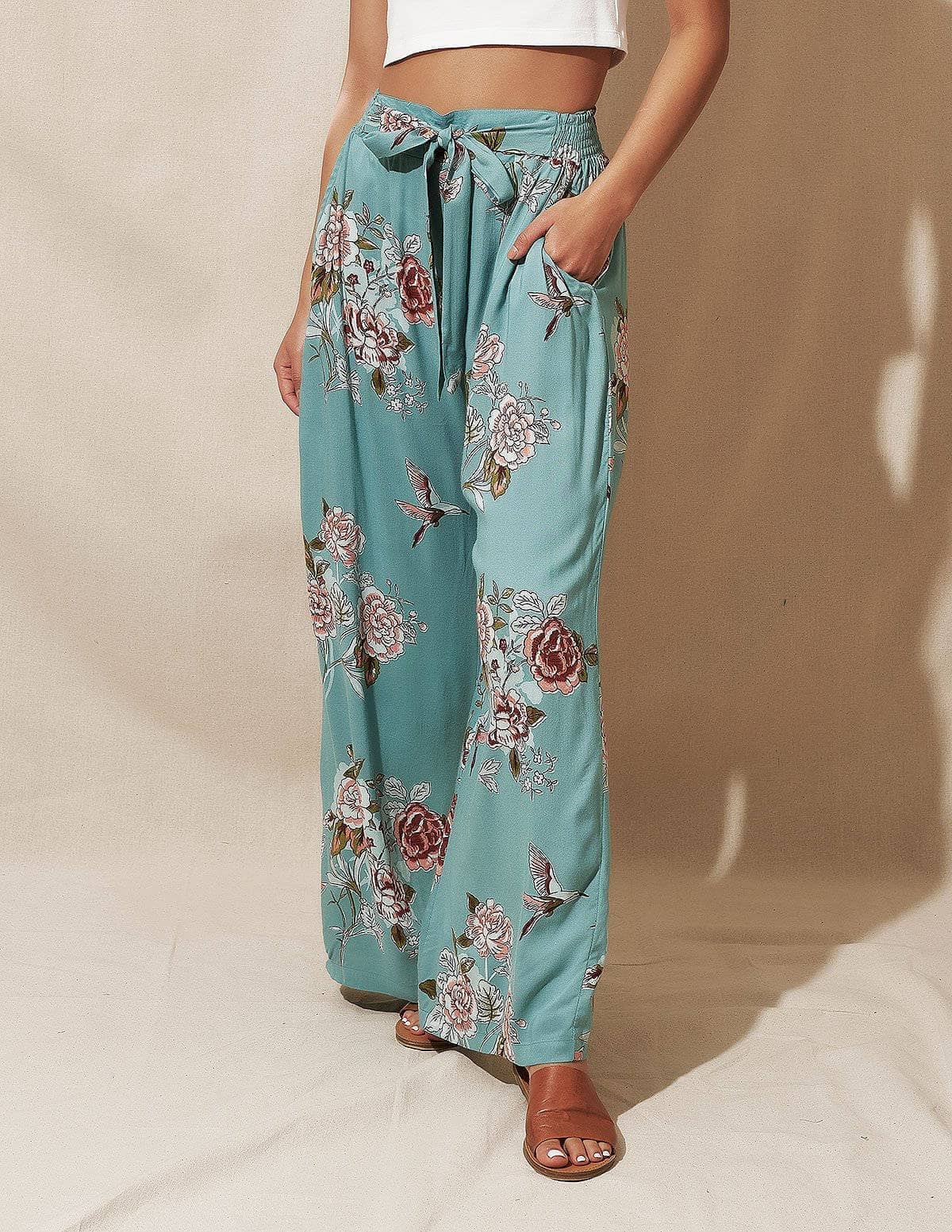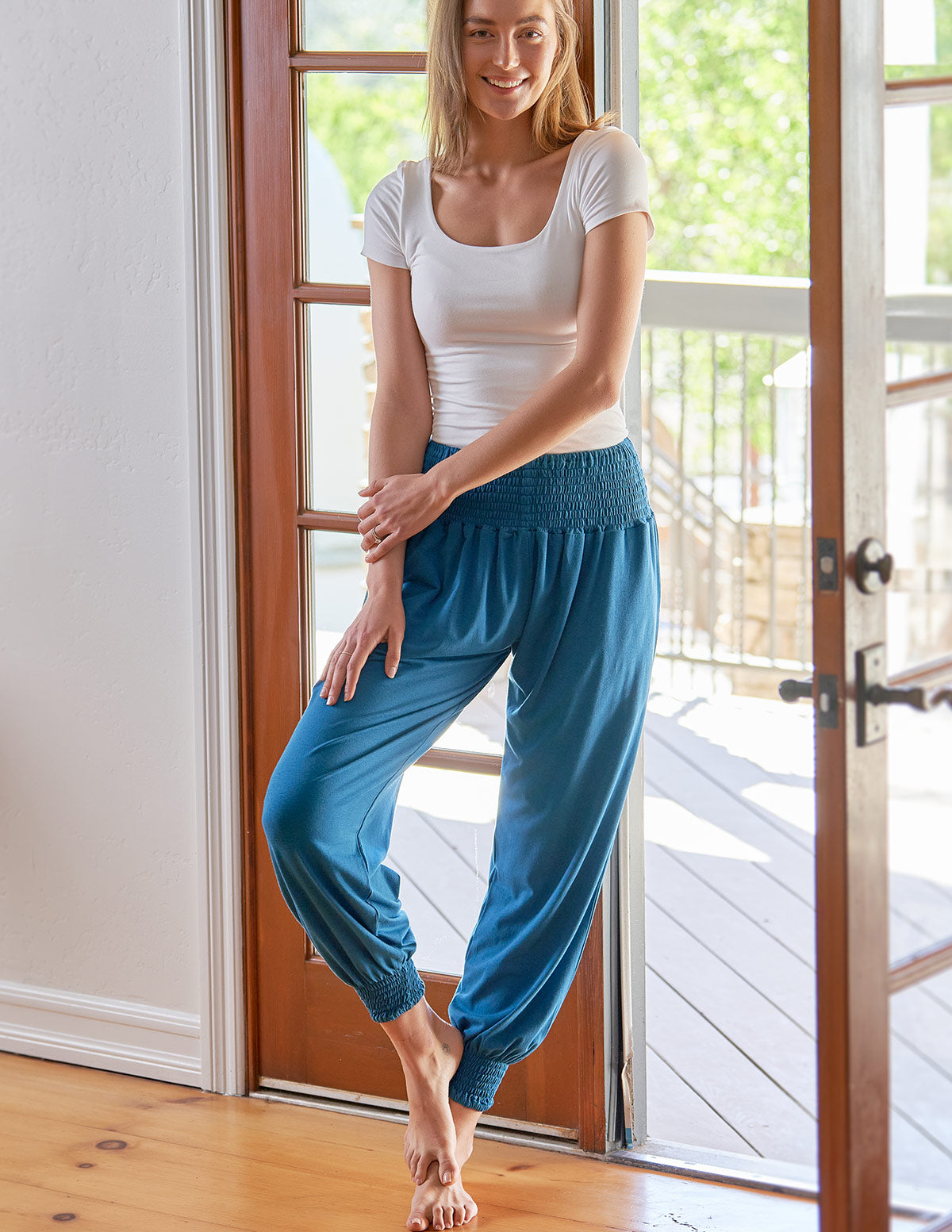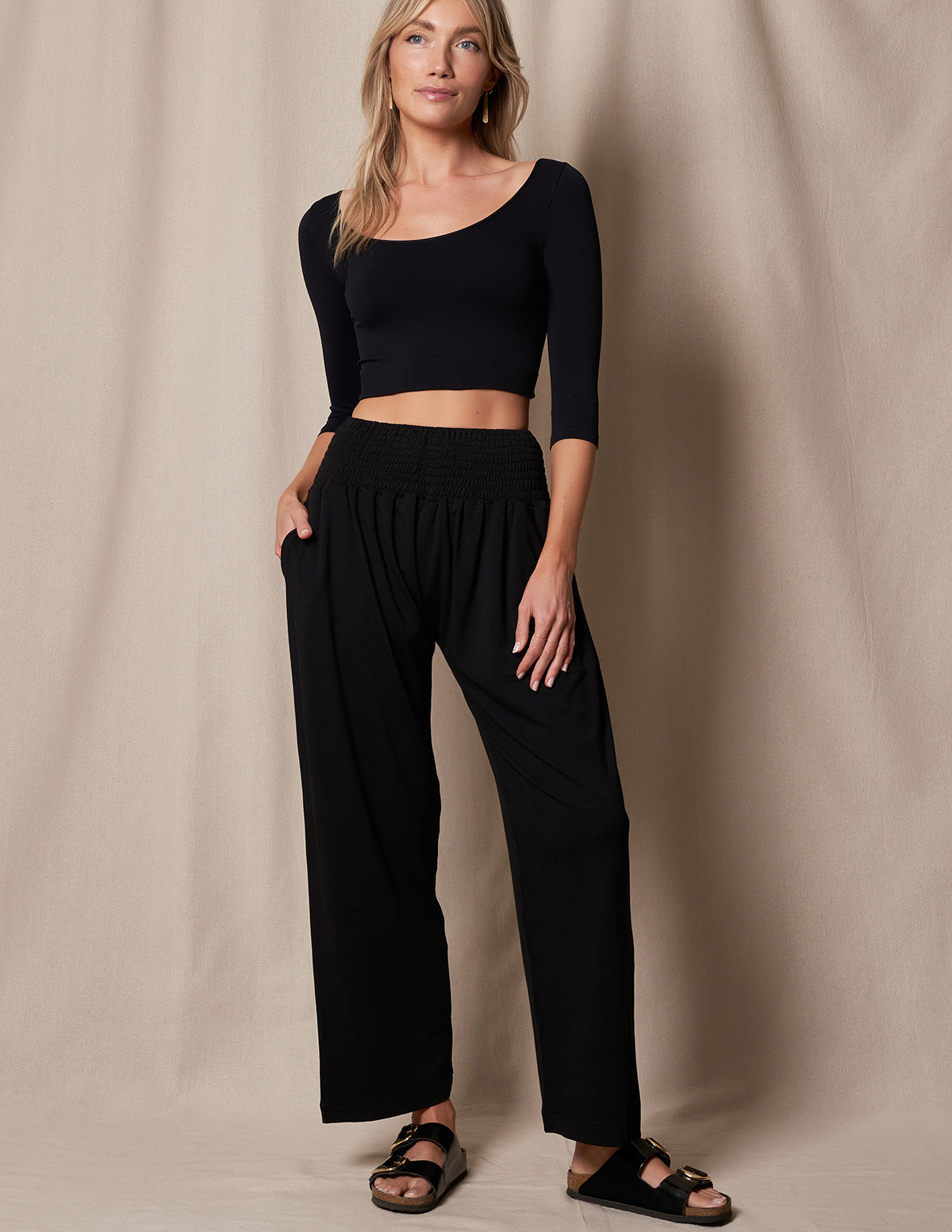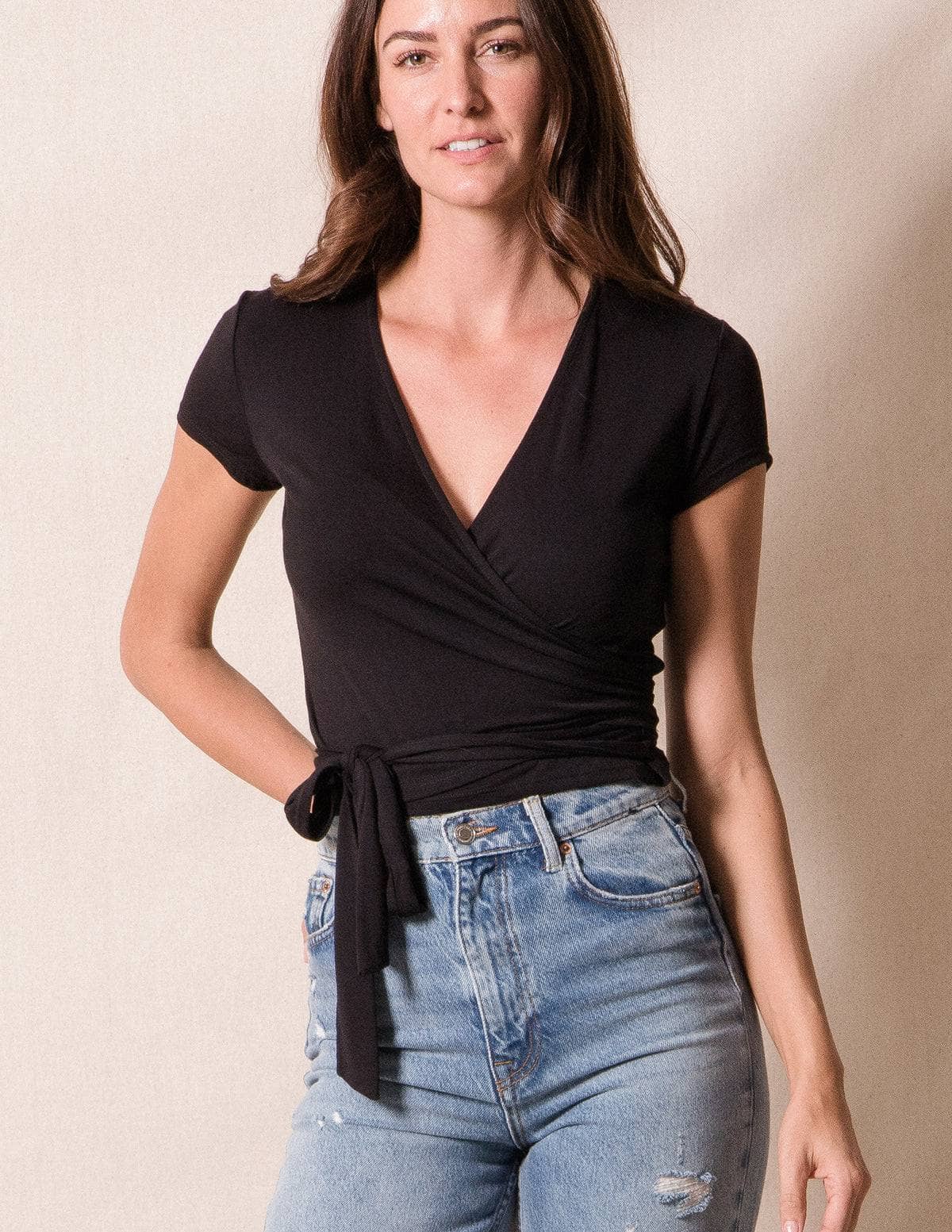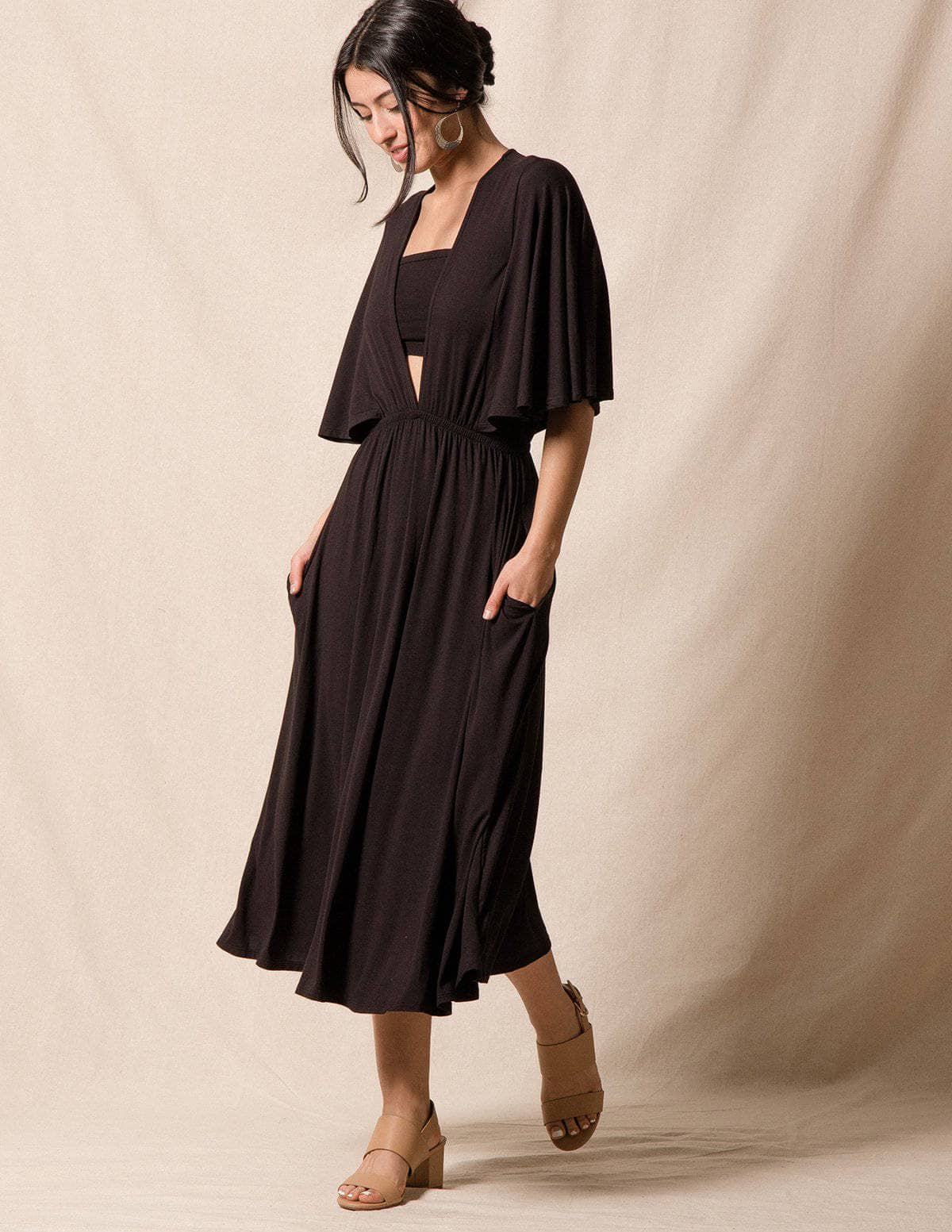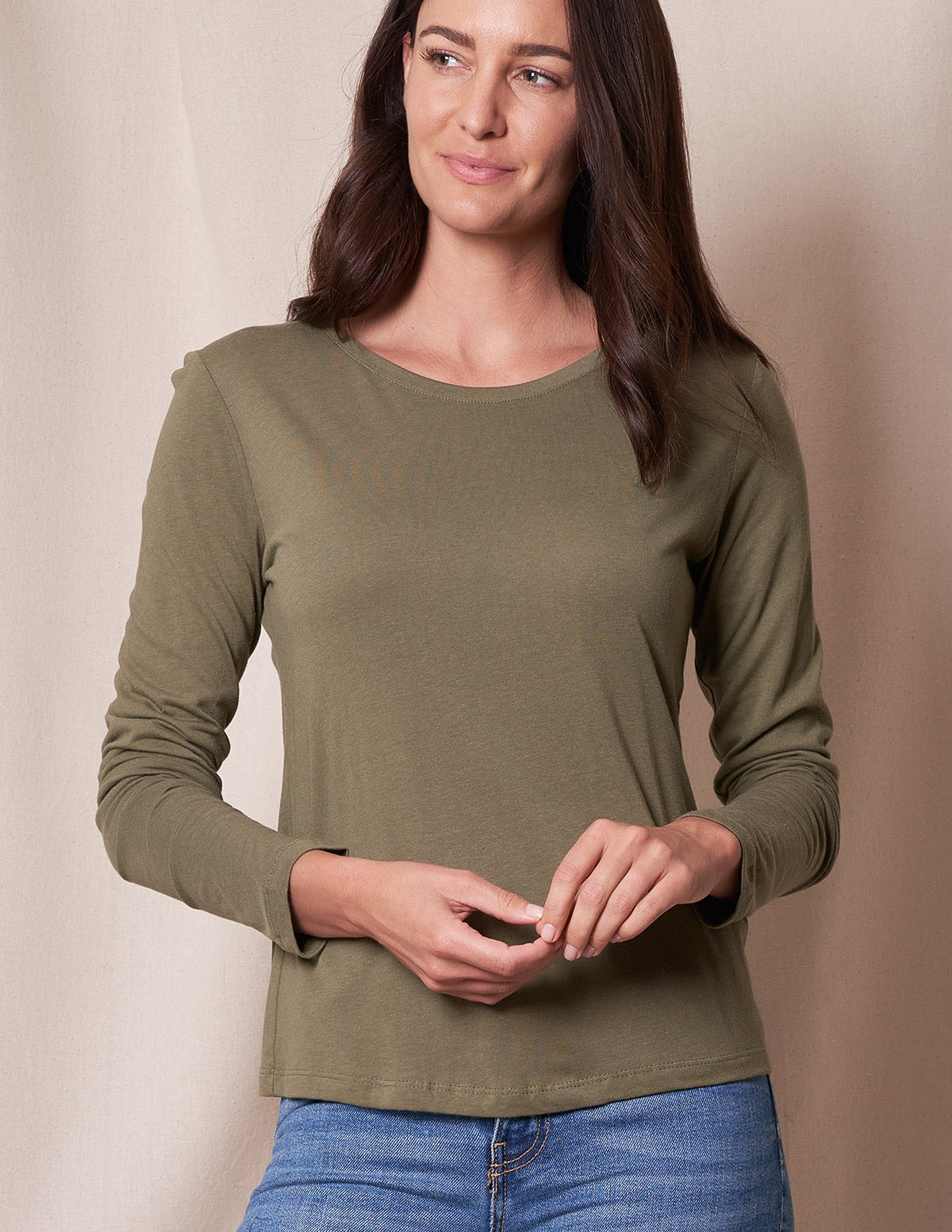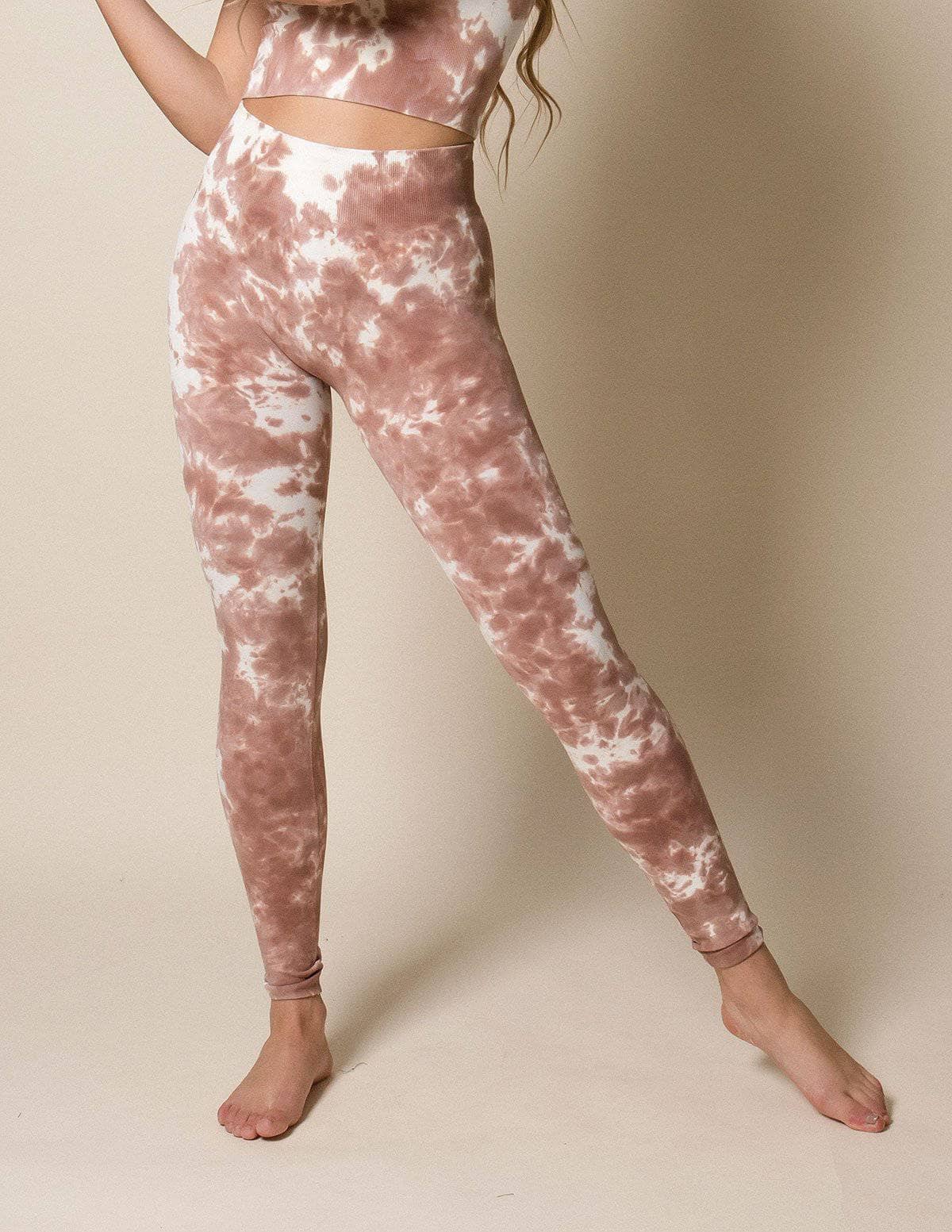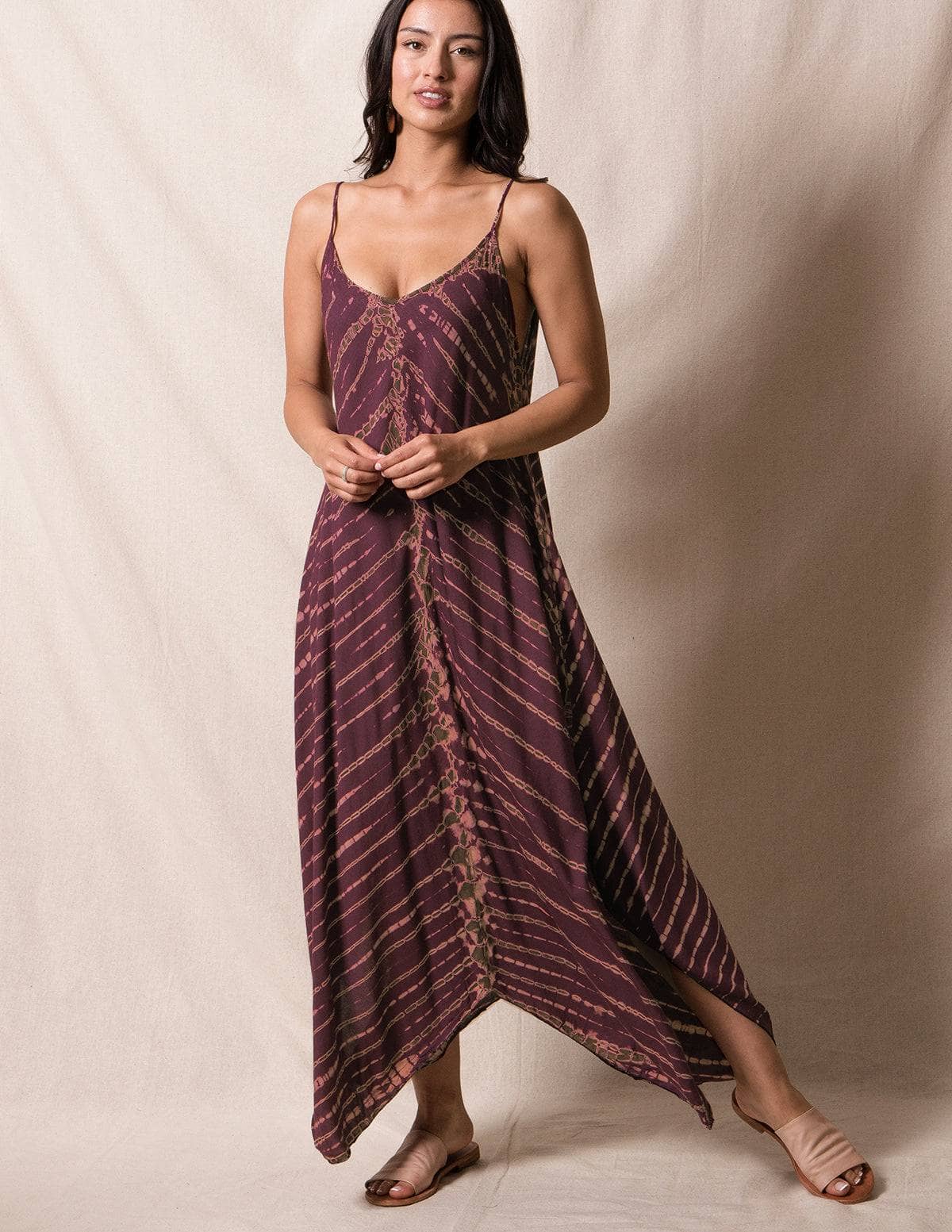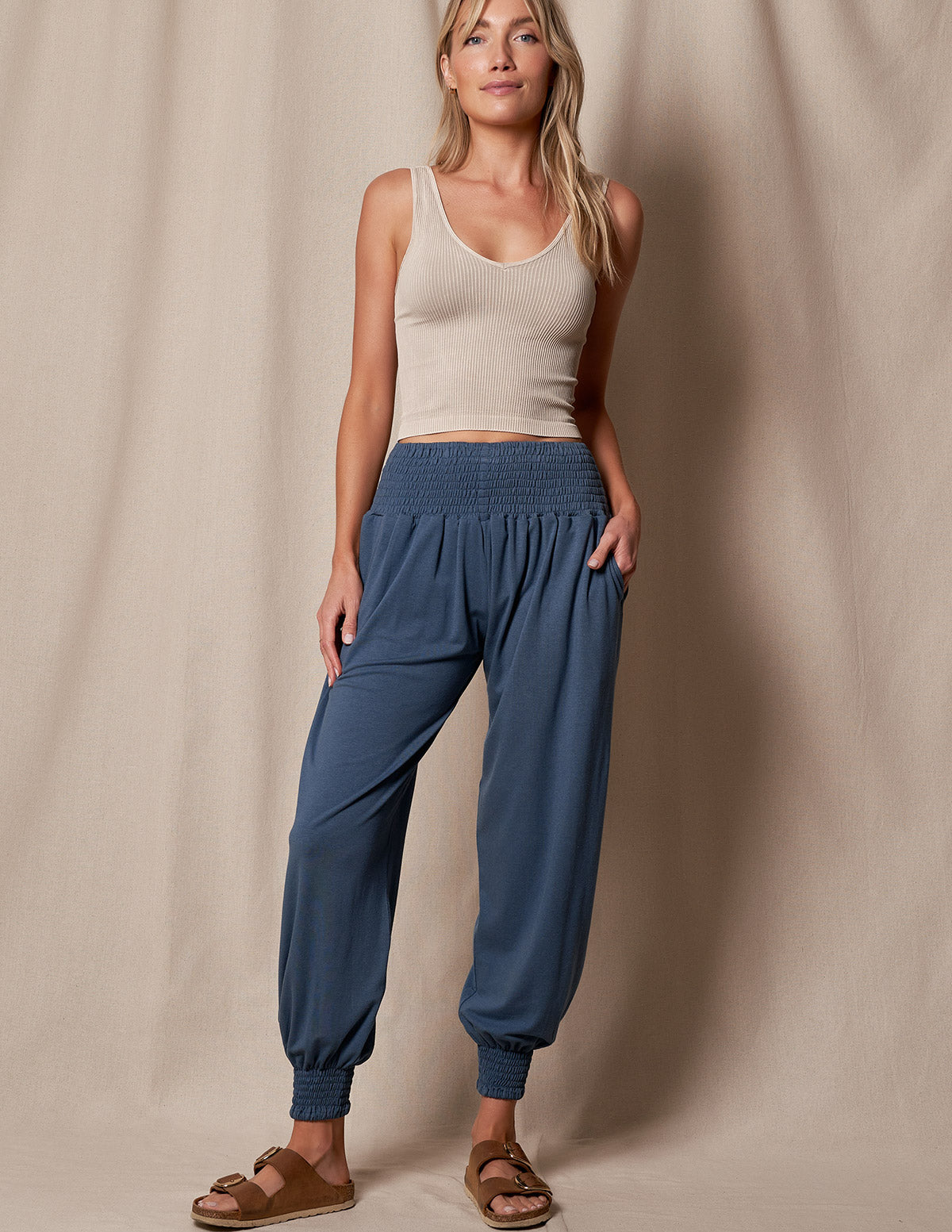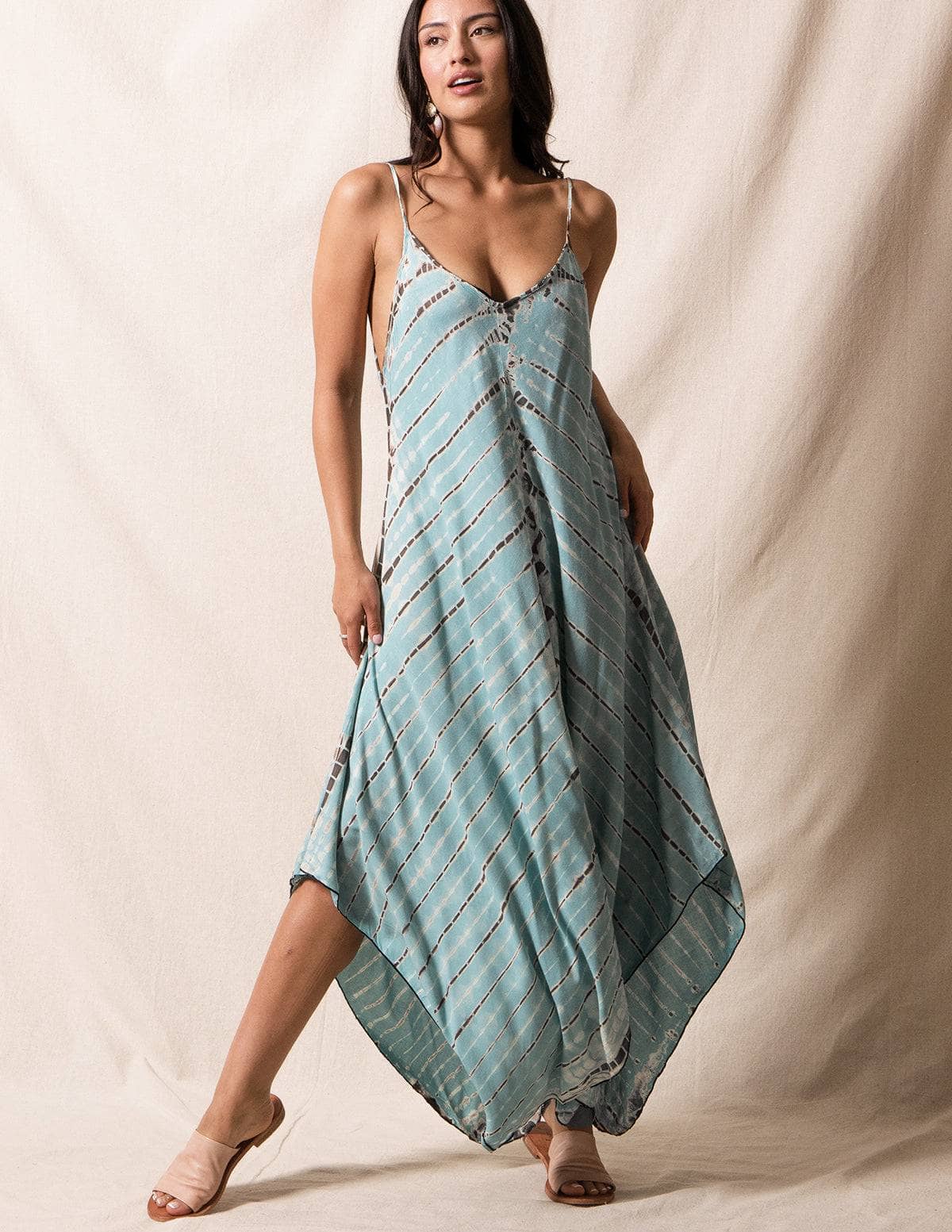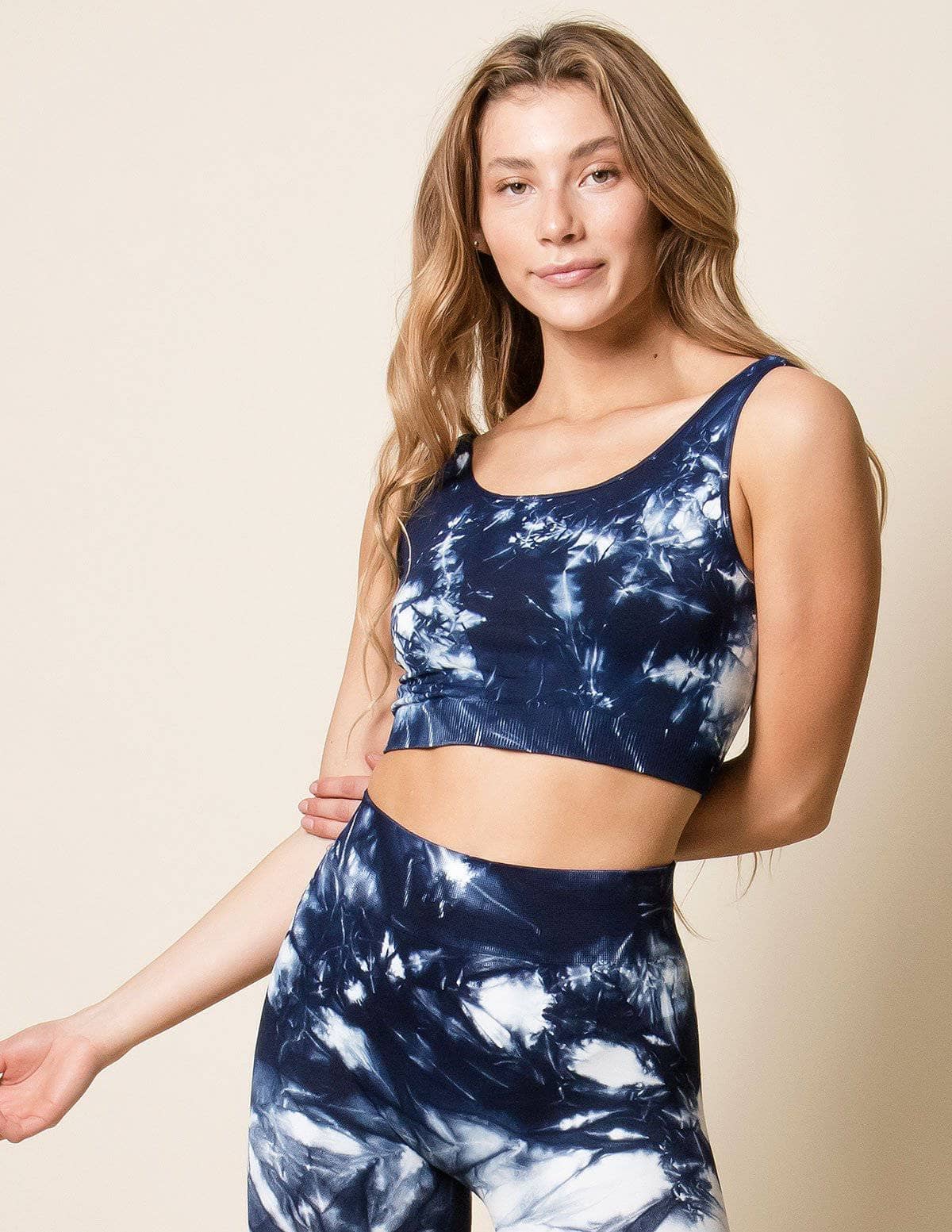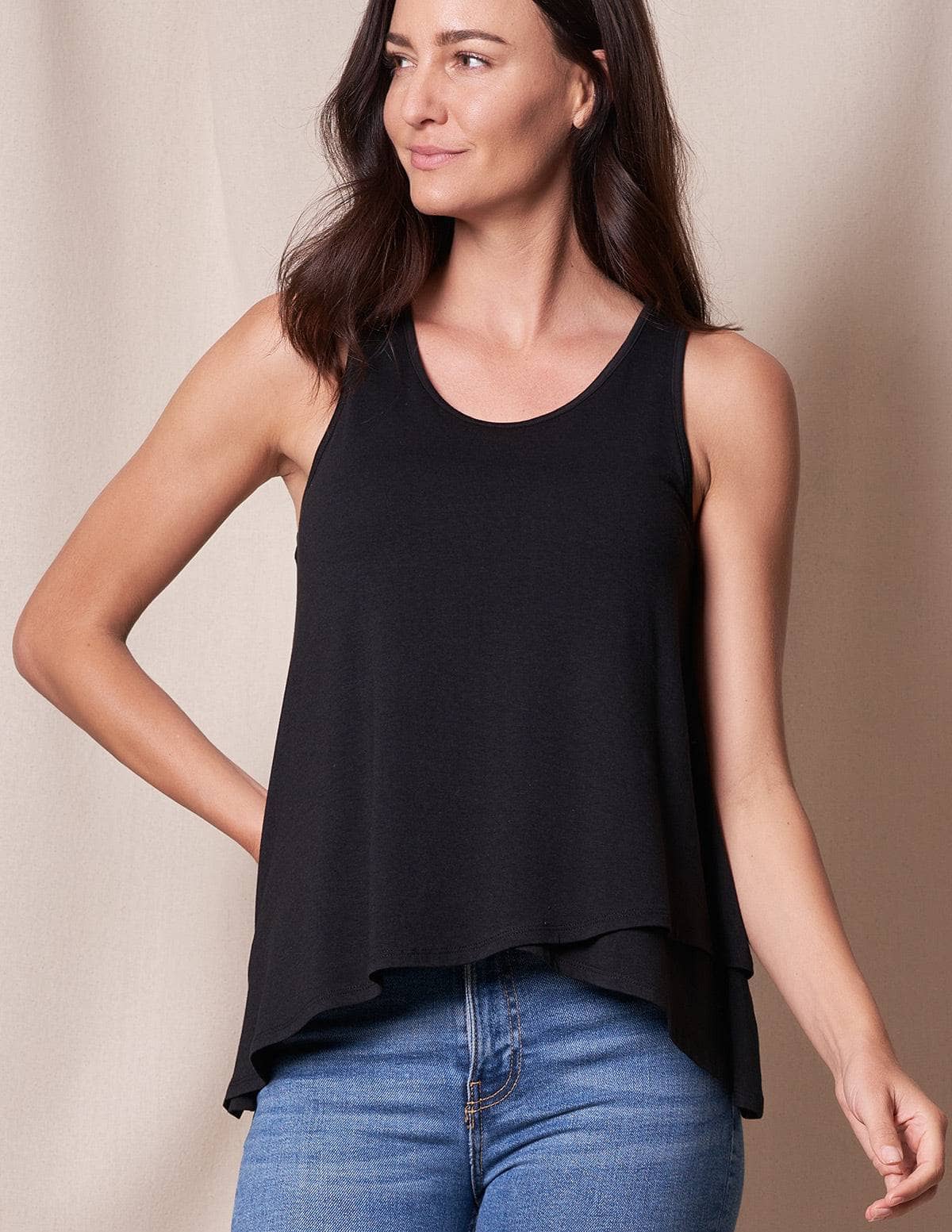
Sustainable, strong, and swiftly growing - beautiful bamboo is one of the best materials for everything from construction to textiles. Many different species of bamboo are out there, and the world is always seeking sustainable alternatives; it is no surprise that bamboo is celebrated for its tensile strength, ease of growth, and for being a versatile material. There's a lot to love about bamboo, but we are also here to take a look at any potential drawbacks as we explore the pros and cons of organic bamboo.
Understanding Bamboo
What is Bamboo?
Even though bamboo is often called a plant, it is actually part of the grass family. There are a whopping 1500 species of bamboo, and while it is often associated with a tropical plant, it is truly diverse and grows in many environments. Bamboo is known for its long, woody stems and culms and for being the fastest-growing plant on the planet. Some species of bamboo can hit a staggering height of 3 feet in just a single day. Because of its rapid growth rate and strength, it is used worldwide in a wide range of industries. From bamboo flooring to bamboo furniture, bamboo material for construction, bamboo textiles for bamboo clothing, bamboo bedding, and more, this organic material has become nothing short of an essential sustainable resource.
The Benefits of Bamboo

Environmental Impact
One of the major benefits of bamboo is that it is considered a truly environmentally friendly resource. This is truly where the strength of bamboo as a natural resource sits. Bamboo is not only super fast growing and unfussy about where it grows - meaning it can grow in a variety of diverse climates and on slopes, prevents soil erosion, and promotes water retention. Bamboo also doesn't require pesticides or chemical fertilizers, which means it doesn't hurt the environment by polluting the land or water. It also helps with carbon sequestration and requires a lot less water when it comes to bamboo vs cotton. Bamboo is an excellent choice if you are looking for renewable resources that won't put pressure on Mother Nature.
Durability and Strength
Bamboo also has natural strength and solid durability, which is why it is such an ideal building material. Bamboo flooring products and bamboo building materials are becoming more popular than traditional building materials and traditional hardwood flooring, as bamboo has great tensile strength, remarkable flexibility, and excellent compression strength. The fibers of bamboo are deeply packed, which means they operate well against crushing forces. Compared to wood, bamboo can be a much more flexible material, as it can bend without snapping and shares the same tensile strength as steel. In building and construction, bamboo is a truly top-quality material.
Versatility in Use
Something easy to adore about bamboo is the fact that it is wildly versatile. Few materials in this world can be used for everything from a trendy flooring material to a soft to the touch textile, to construct a whole apartment block, and as a straw to drink out of. Bamboo is one of the most popular sustainable materials quickly replacing plastic, which should earn it superhero status. It also has a strong aesthetic appeal and looks stunning when used in natural landscaping and interior design. Bamboo, whether looking at its lush foliage or organic feel, sleek furniture not only helps you feel good that you are making earth-friendly decisions but also lends a lovely aesthetic that looks good.
The Drawbacks of Bamboo

Invasiveness and Maintenance
One of the biggest drawbacks of certain kinds of bamboo is that they are considered invasive plants. This is especially true with running bamboo species instead of clumping bamboo, which will stay in its space. Running bamboo will spread rapidly and can be hard to slow down. It will quickly break boundaries and encroach on neighboring spaces, which is why it needs solid containment and maintenance to keep it in check.
Environmental Concerns of Production
While growing bamboo is all about the eco-friendly process, there are some potential drawbacks to the process of transporting and producing bamboo textiles. Transporting some species of bamboo from its native environment to other places in the world can leave a carbon footprint. There's also the act that some bamboo textiles rely on chemical intervention to help transform them from bamboo stalks to natural bamboo clothes.
Quality Variability
Bamboo is a relatively new pathway in many industries, so there may be a lot of variability in the quality of bamboo products as regulations aren't yet nailed down. Bamboo can be turned into everything from bamboo flooring to clothing and home accessories, musical instruments, bamboo planks, and so much more. A lack of regulation across the industry can lead to different approaches and quality in everything from harvesting techniques to processing methods and manufacturing standards. This may change with time, but it is a point to be aware of when it comes to choosing bamboo fabrics, building materials, and other bamboo products.
Making an Informed Decision

There are always pros and cons to anything - especially when it comes to picking products that reduce your carbon footprint and don't further disrupt the fragile ecosystem of our world. Making informed decisions with all the information you have is the best way to go about it. When picking your bamboo products, you may want to consider the following factors.
Look for environmental certifications - from clothing to bamboo decking boards and more, and look for bamboo products that carry recognized environmental certifications, such as the Forest Stewardship Council (FSC) certification or the Rainforest Alliance certification. This means the bamboo has been grown and harvested in ways that meet responsible sustainability standards.
Consider local sourcing—if you can find bamboo grown close to home (or as close as possible), this can be one way to reduce the carbon emission impact of transporting the bamboo to you.
Choose quality - from bamboo clothes to types of bamboo flooring and bamboo for the home; whatever you are choosing your bamboo products for, it is always worth opting for quality so that you get a longer life span from your product.
Conclusion
When it comes to the benefits and disadvantages of bamboo, it is clear that the pros outweigh the cons. As one of the most sustainable alternative materials, bamboo truly hits the mark when it comes to a versatile material that can be used for everything form textiles and clothing to sustainable building materials. The low carbon footprint of bamboo, the ease with which it grows, and its low maintenance mood put it at the forefront of being one of the best eco-friendly choices you can make. Explore our site for bamboo clothing, harem pants, kaftans for women and more.
What are the disadvantages of bamboo
One of the main disadvantages of bamboo is the fact that it can be an invasive plant - especially the running species. This is why careful management of bamboo is needed to ensure it doesn't take over and become a monoculture.
What are the advantages of bamboo
There are many advantages of bamboo. It is one of the fastest growing plants on the planet. It doesn't require pesticides or fertilizers and it uses less water in comparison to cotton. It also gives nutrients back to the soil and helps sequester CO2. Bamboo products are also biodegradable.
Why is bamboo a good choice
Bamboo is a good choice as its an eco-friendly plant that can be used in many versatile ways. Bamboo can be used for everything from textiles to building materials, home decor, and of course in the garden. It is easy to grow, doesn't require pesticides, is super strong and durable, and can reduce your carbon footprint.
Is bamboo useful or harmful
Bamboo is one of the most useful plants on the planet. Not only is it a renewable resource but it can be used in myriad ways - even replacing plastic. Bamboo is a solid eco-friendly choice in everything from textiles to building materials and more.











